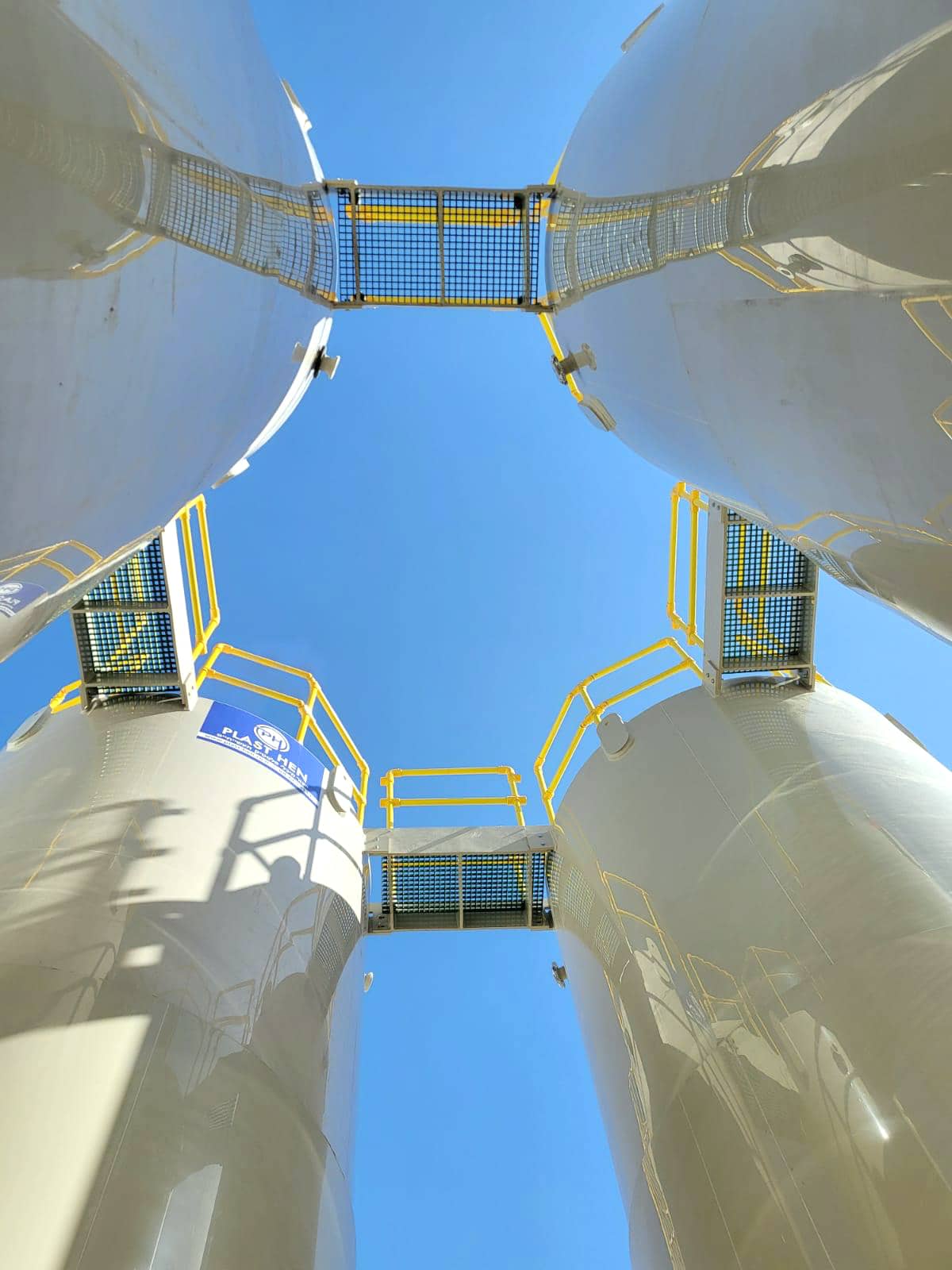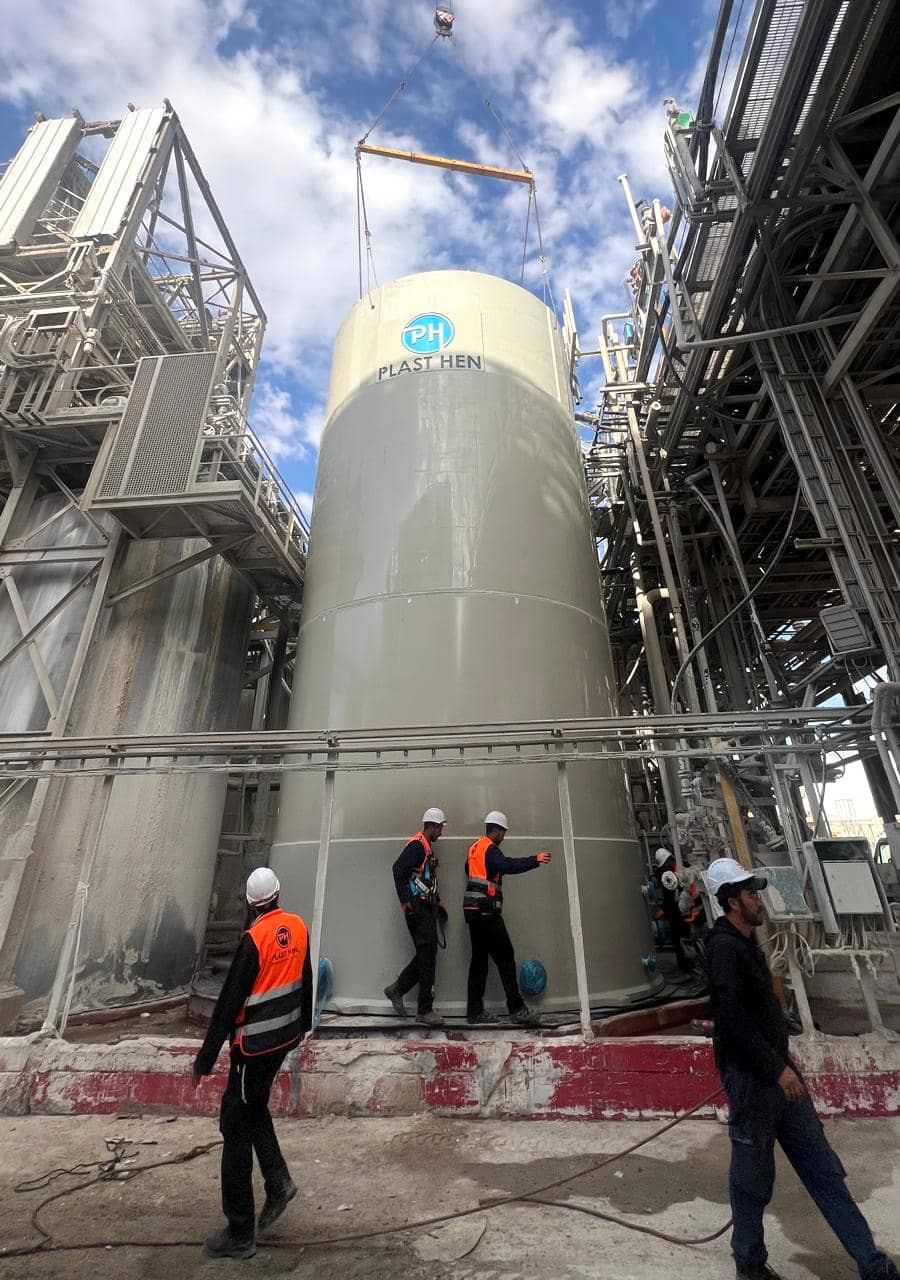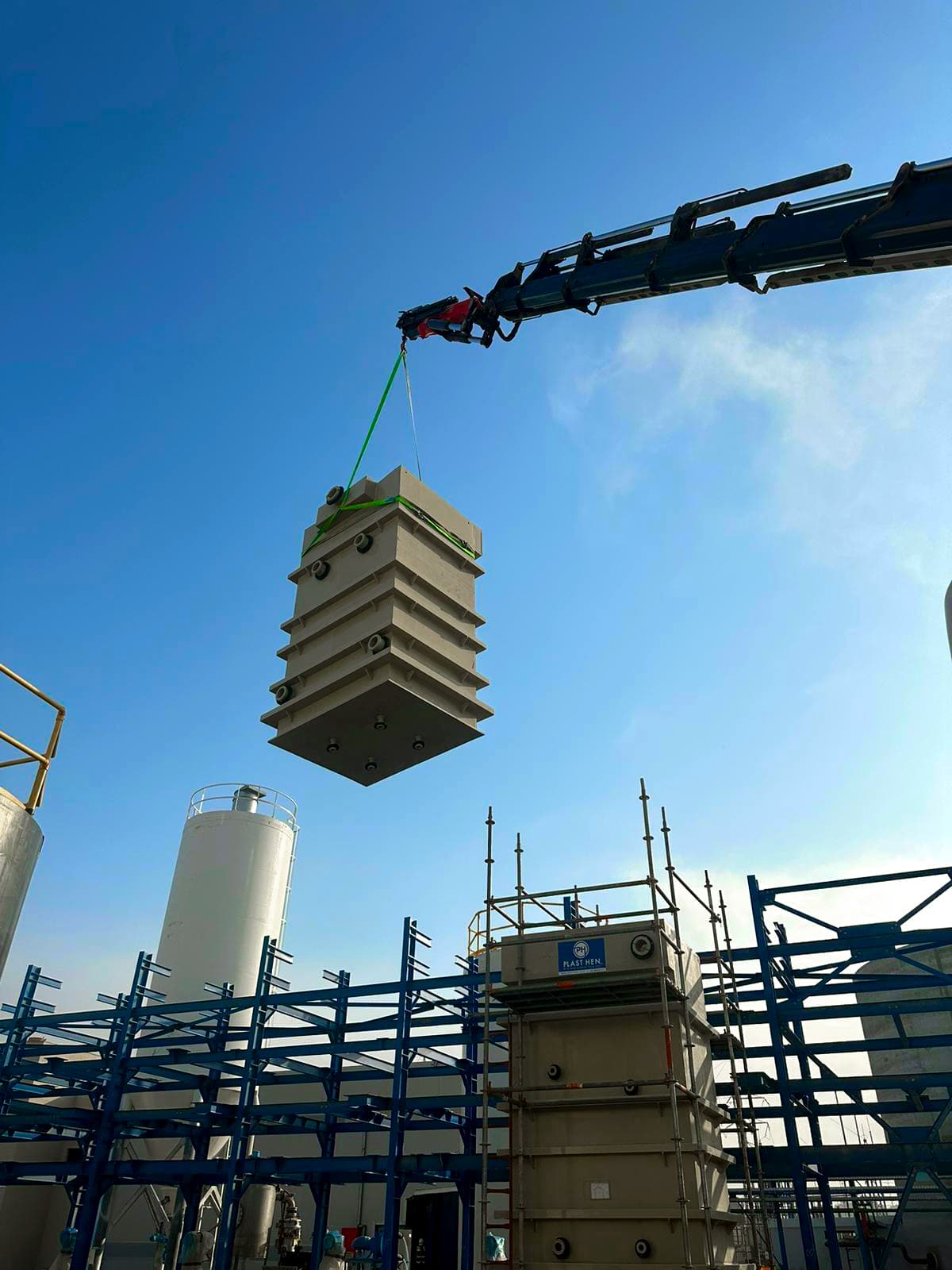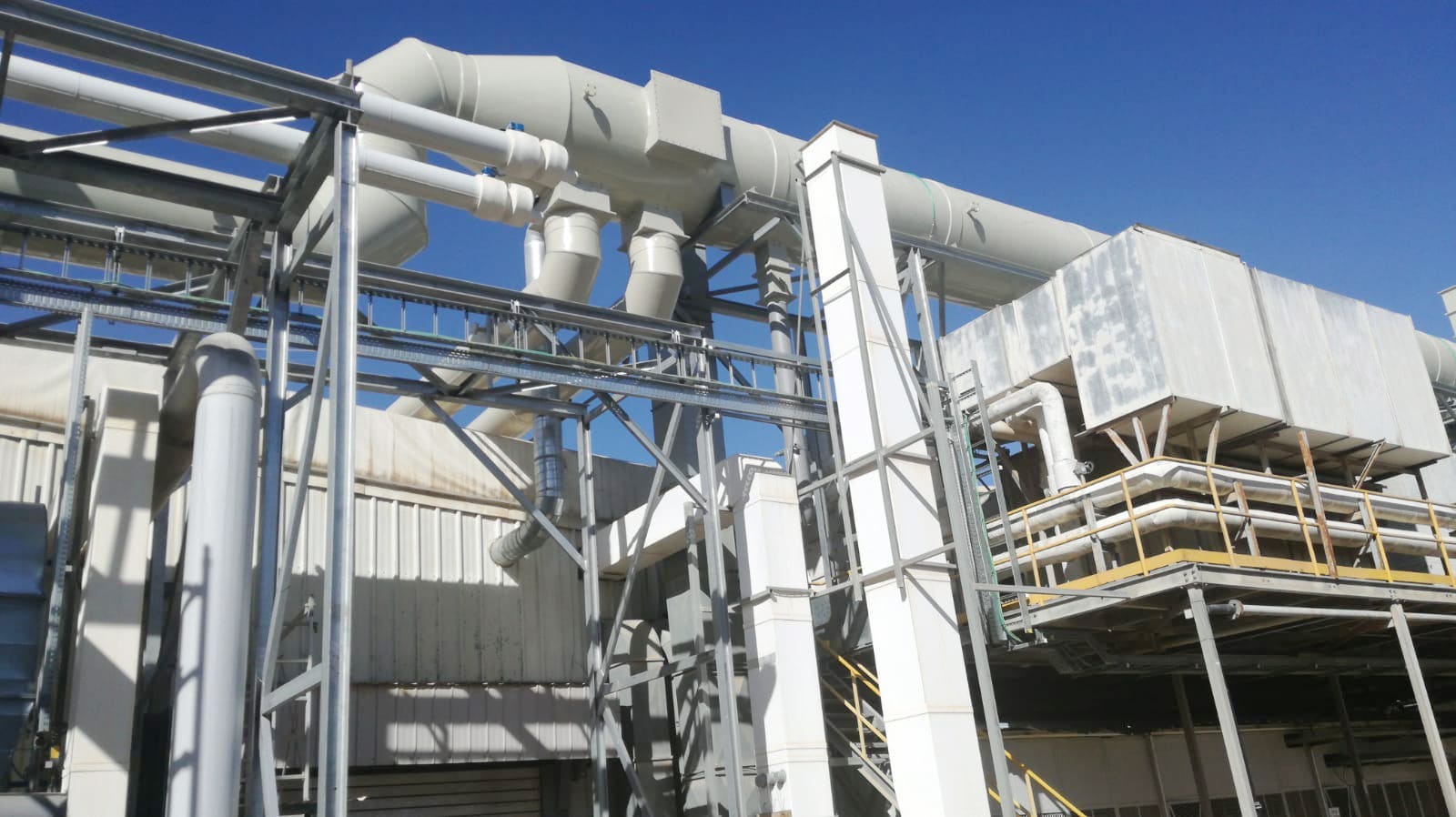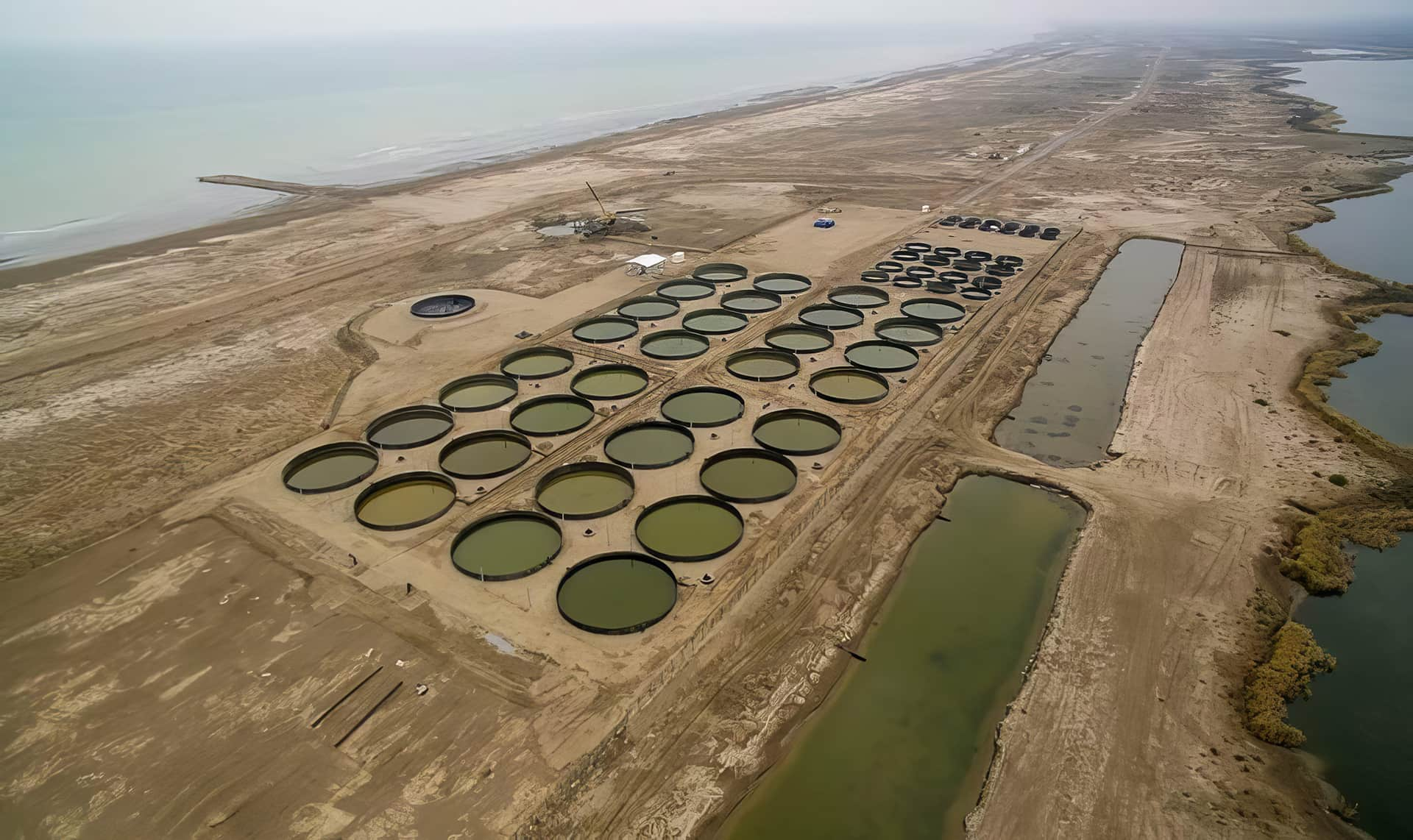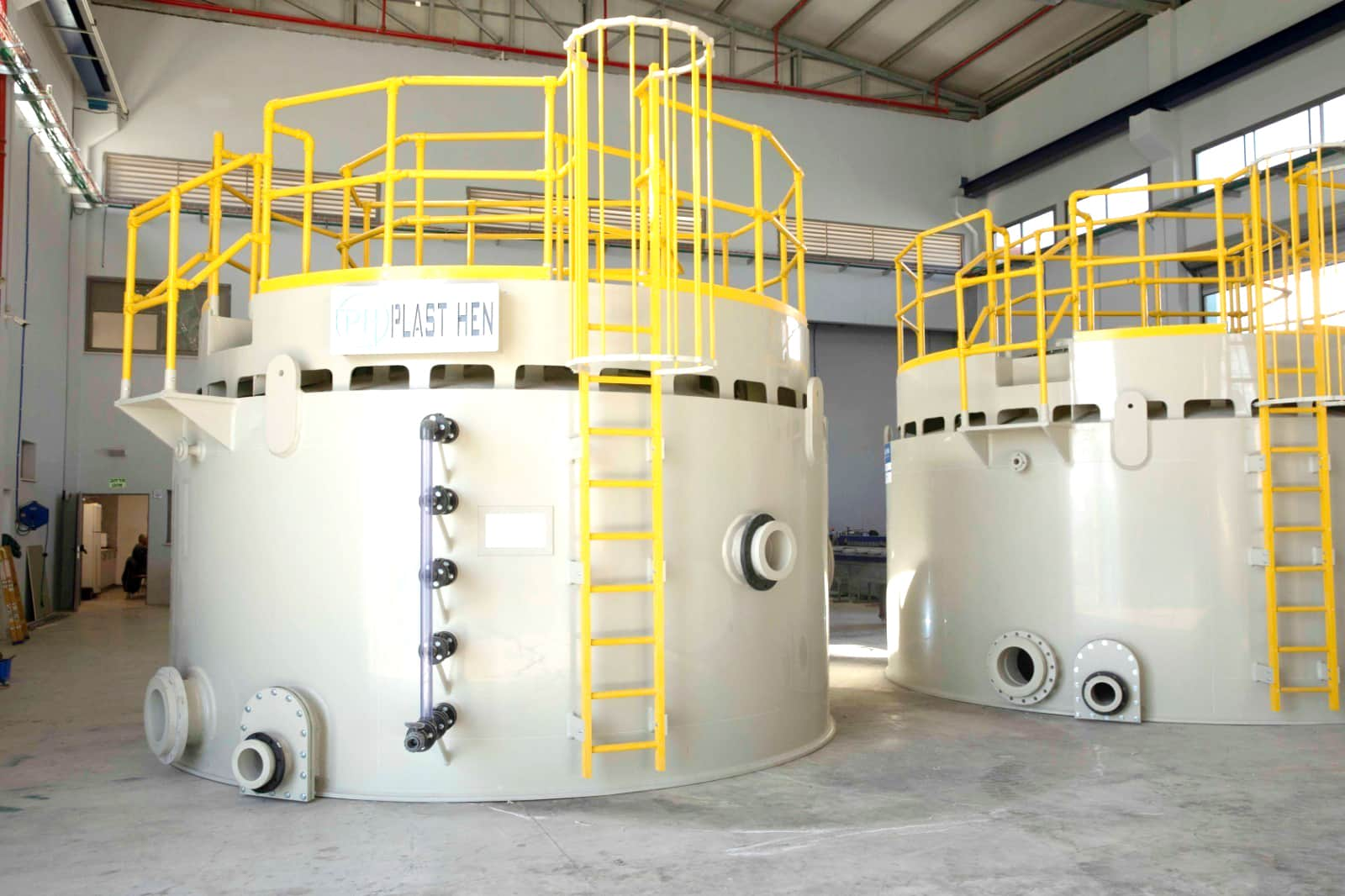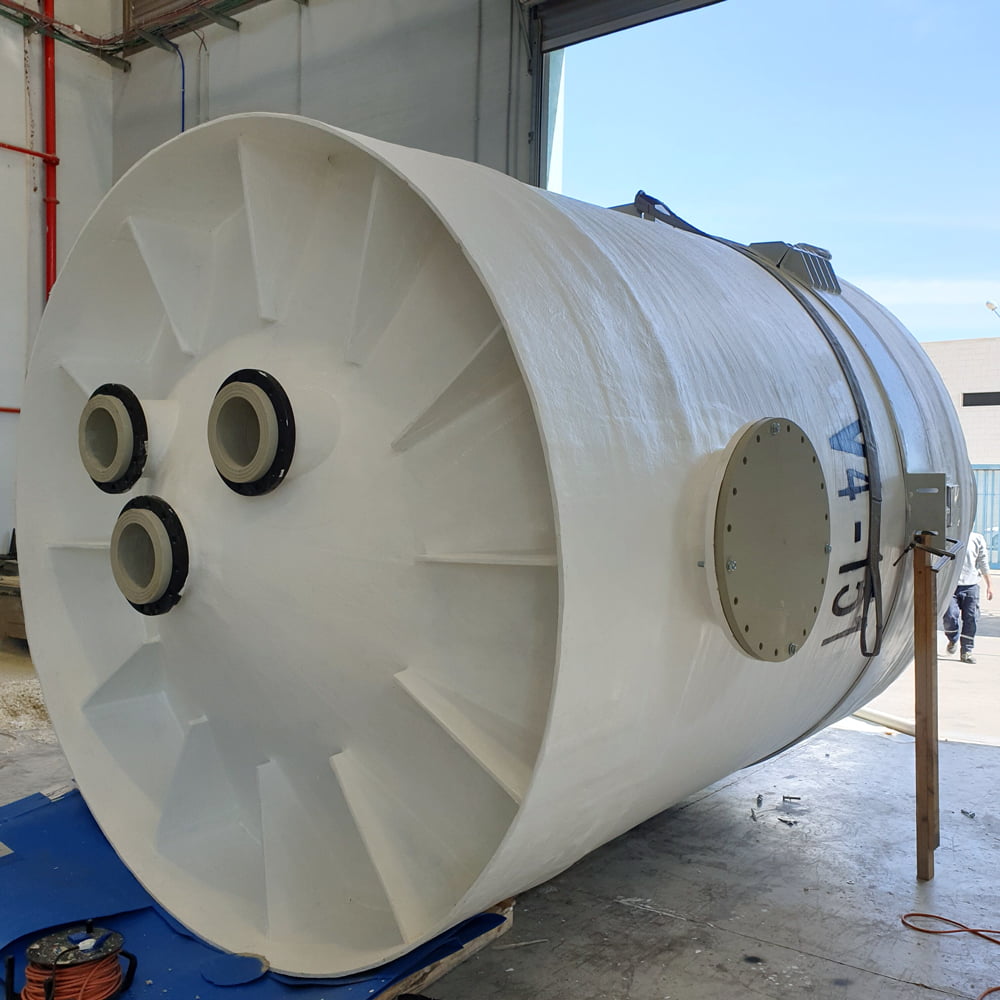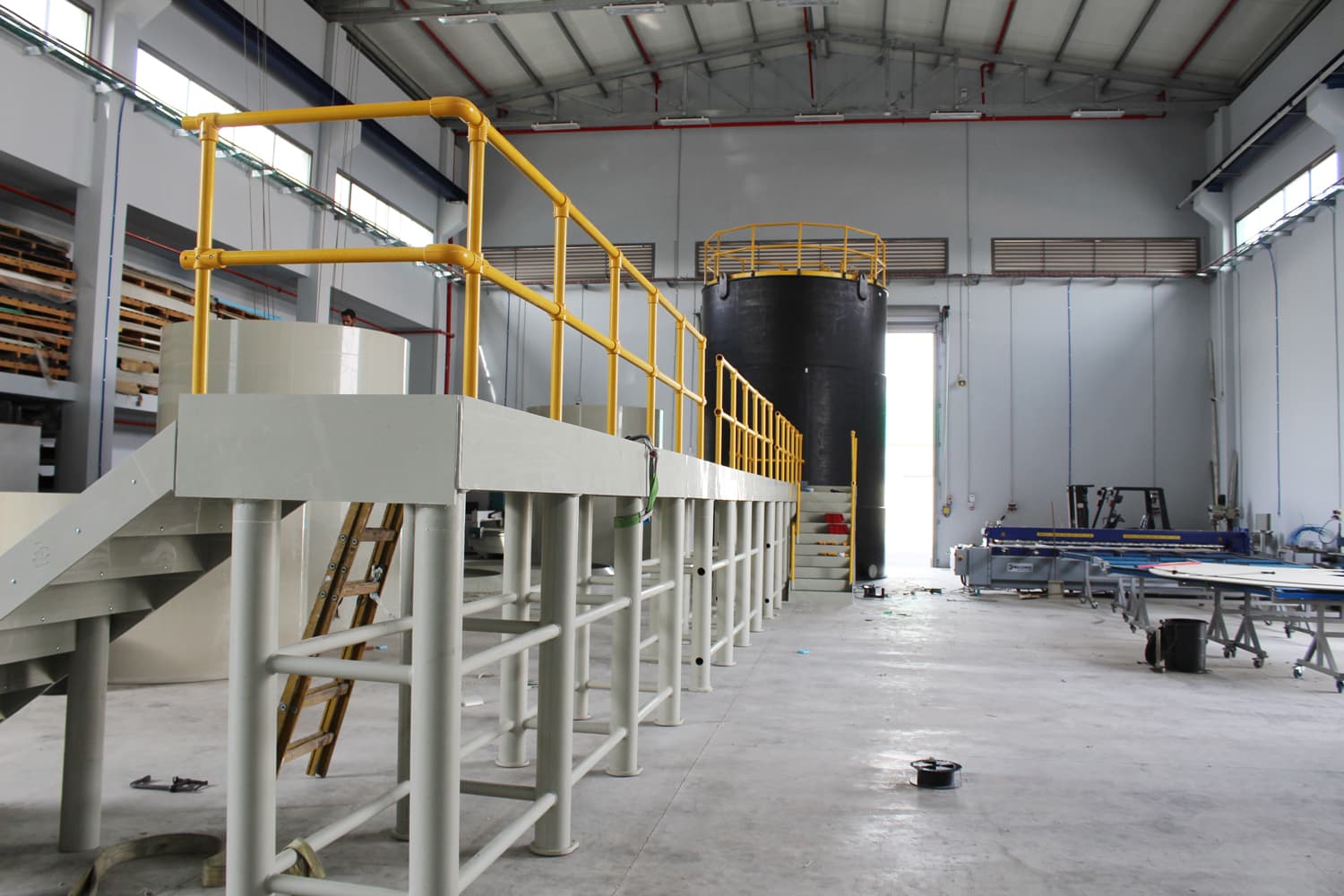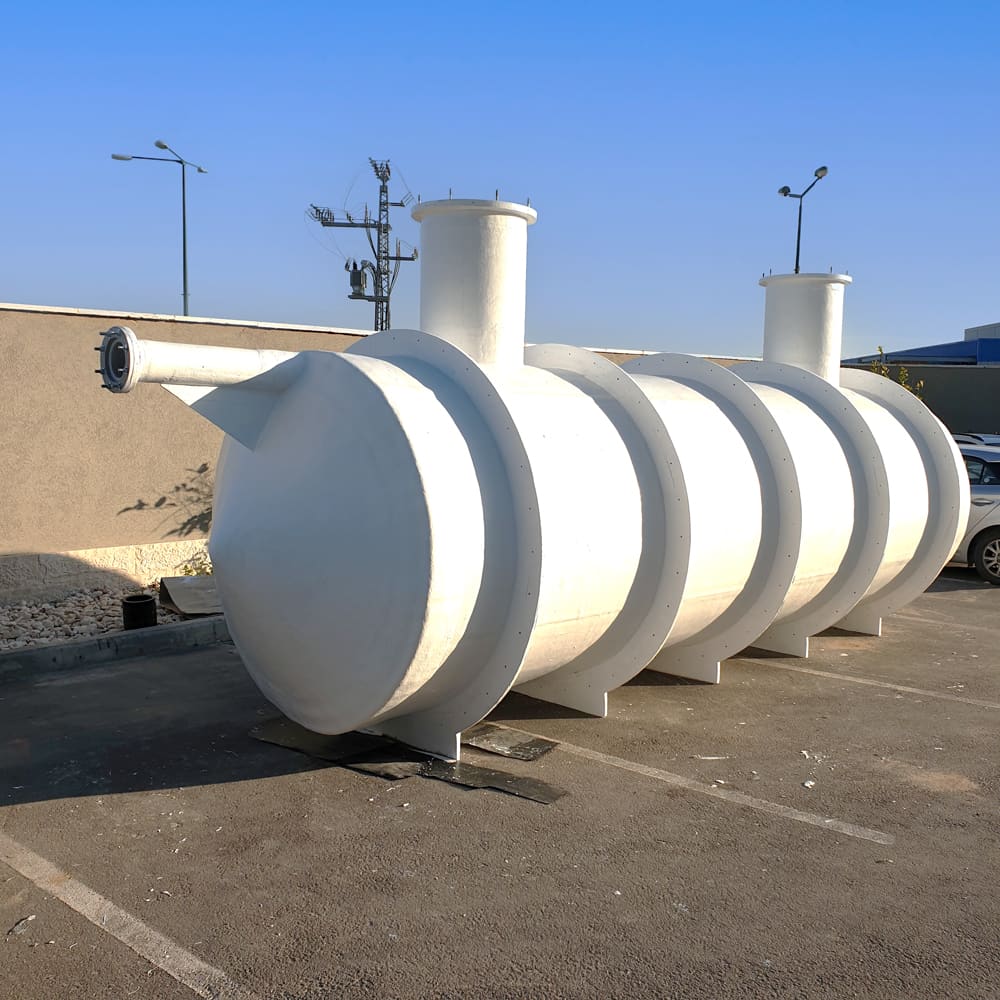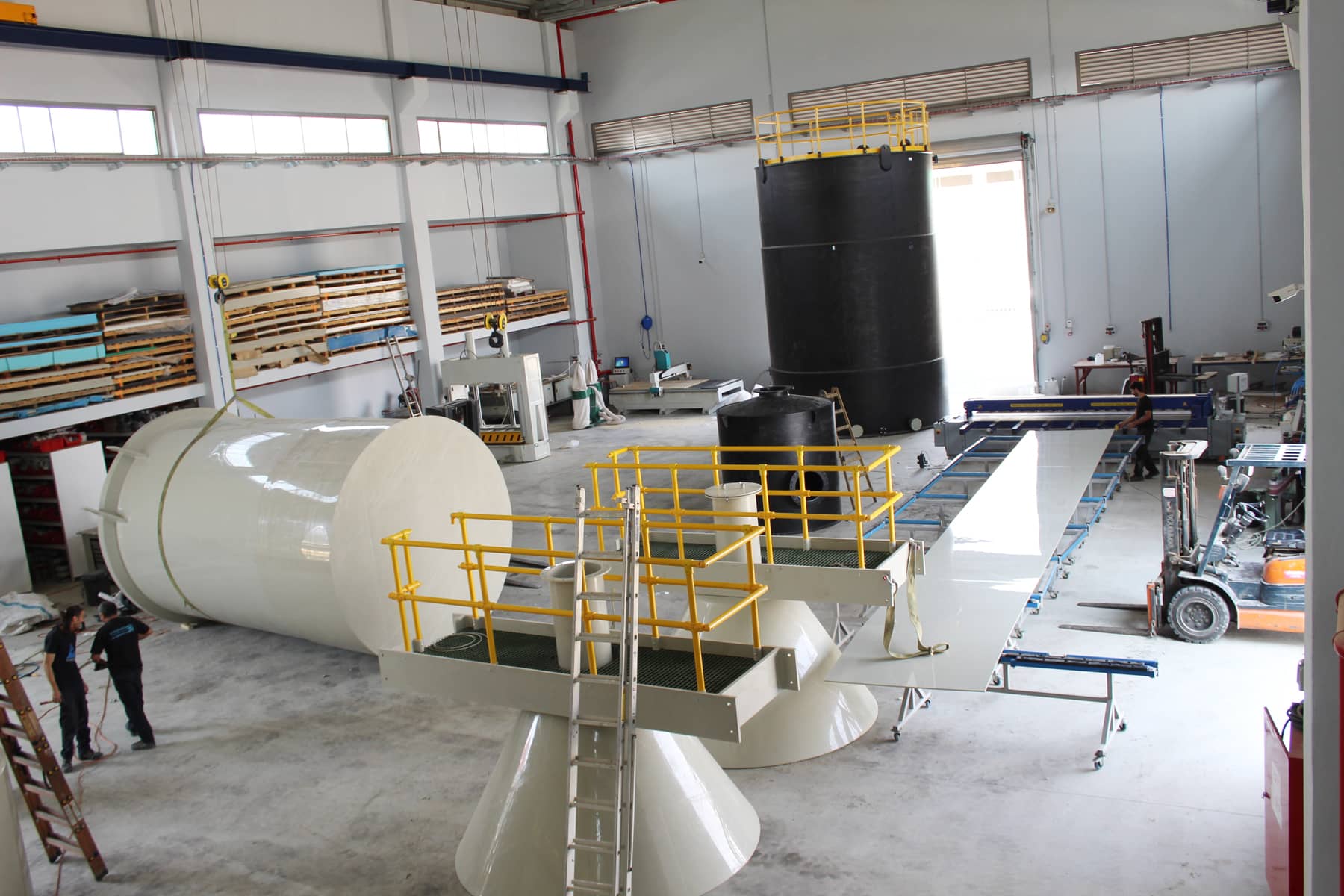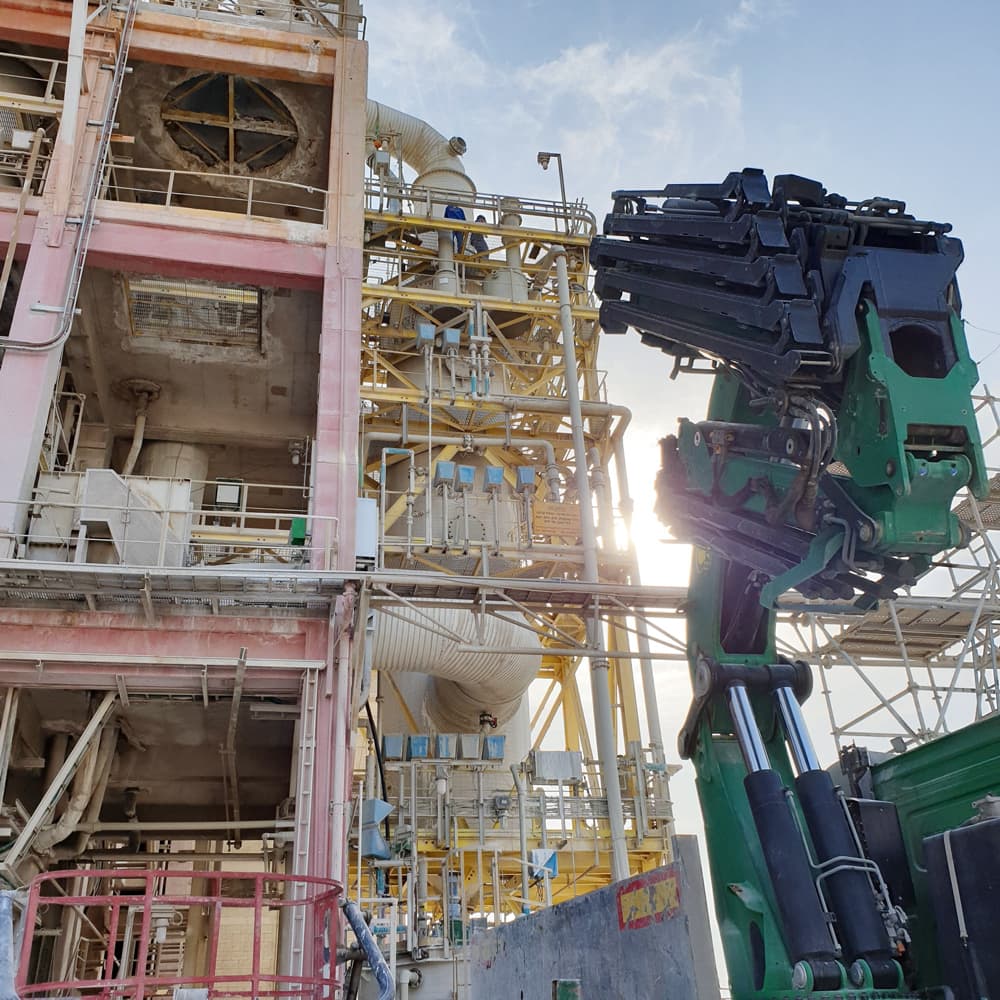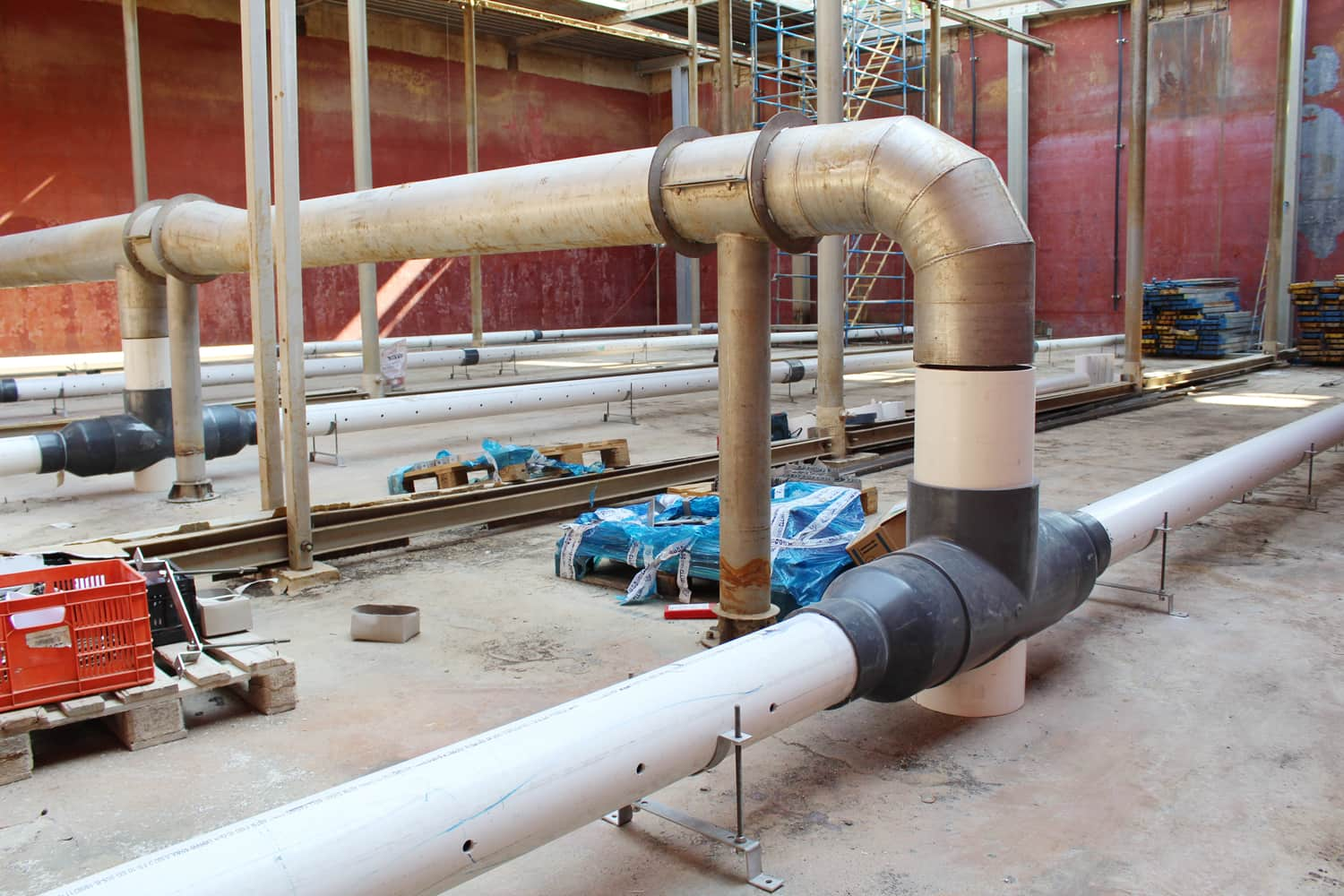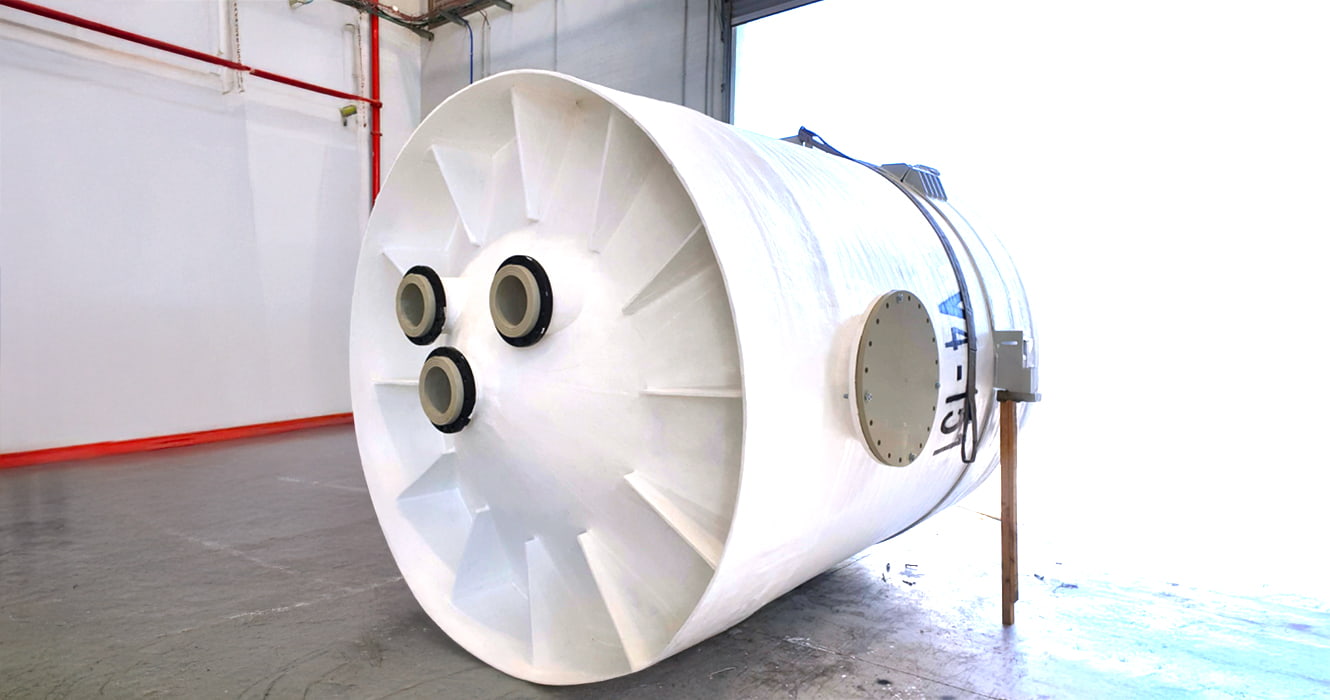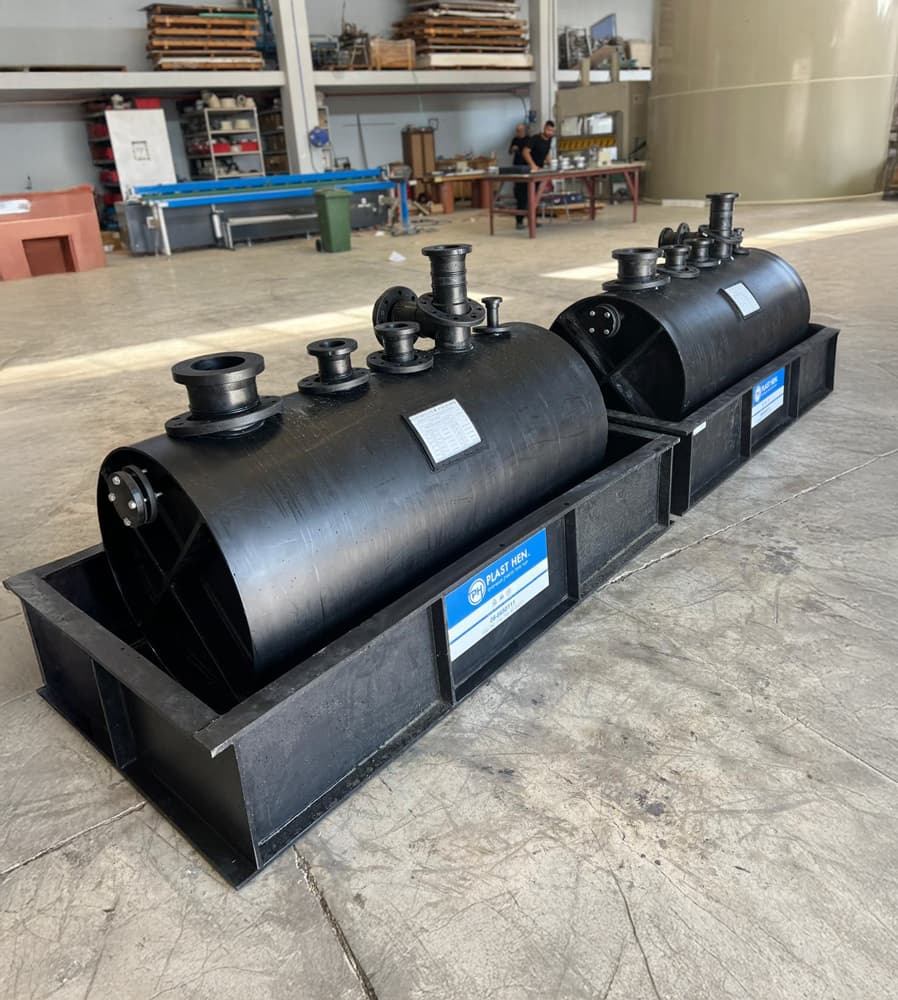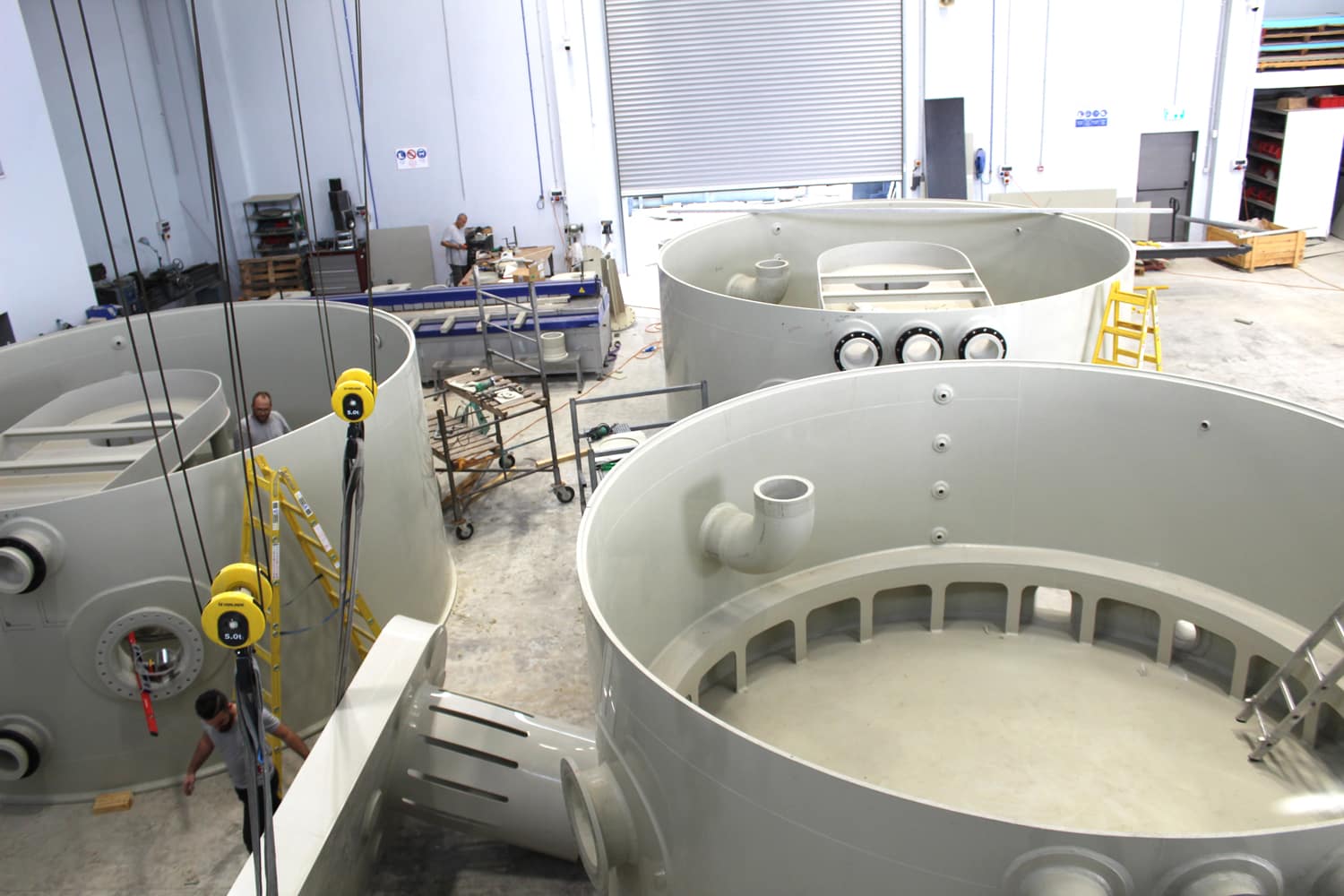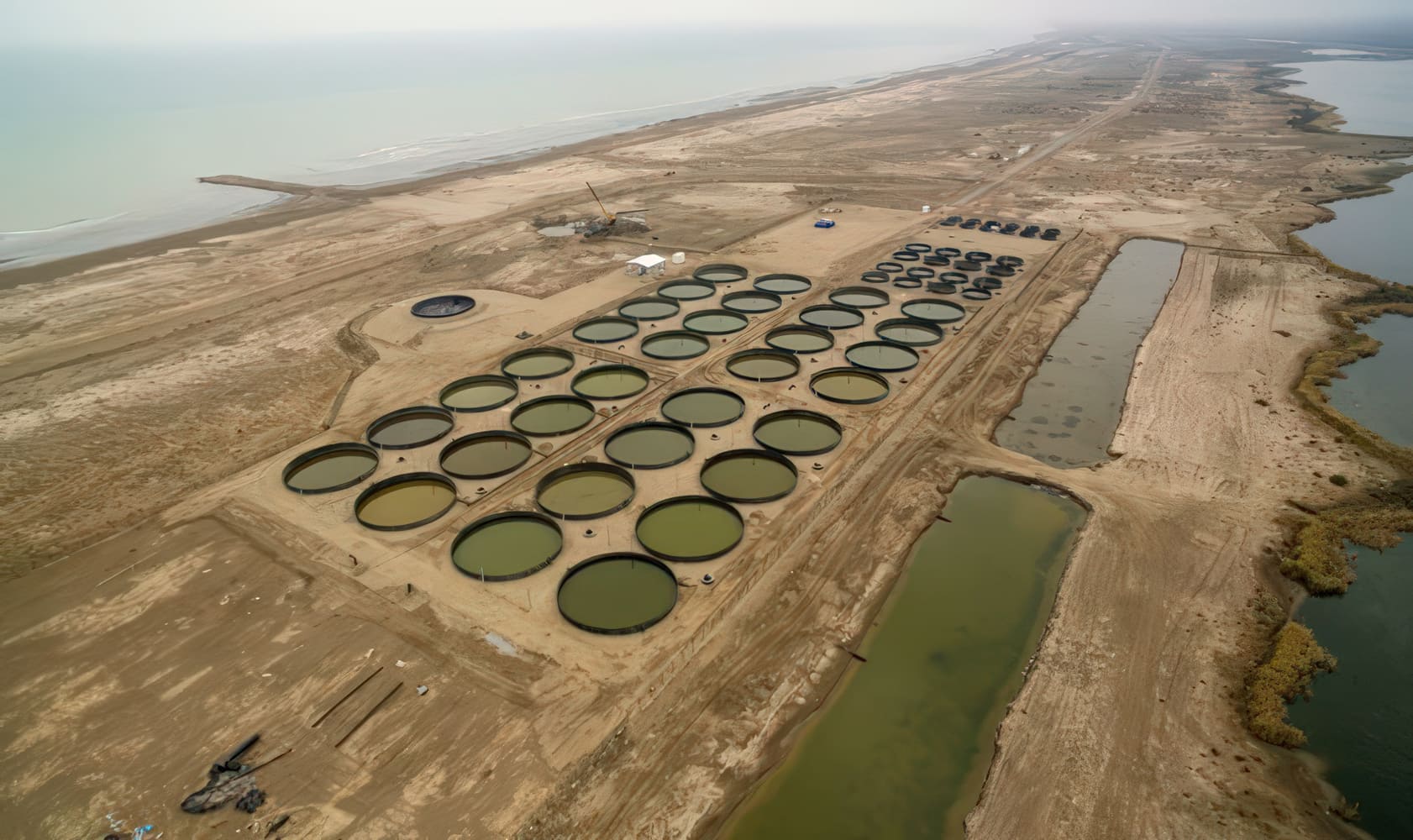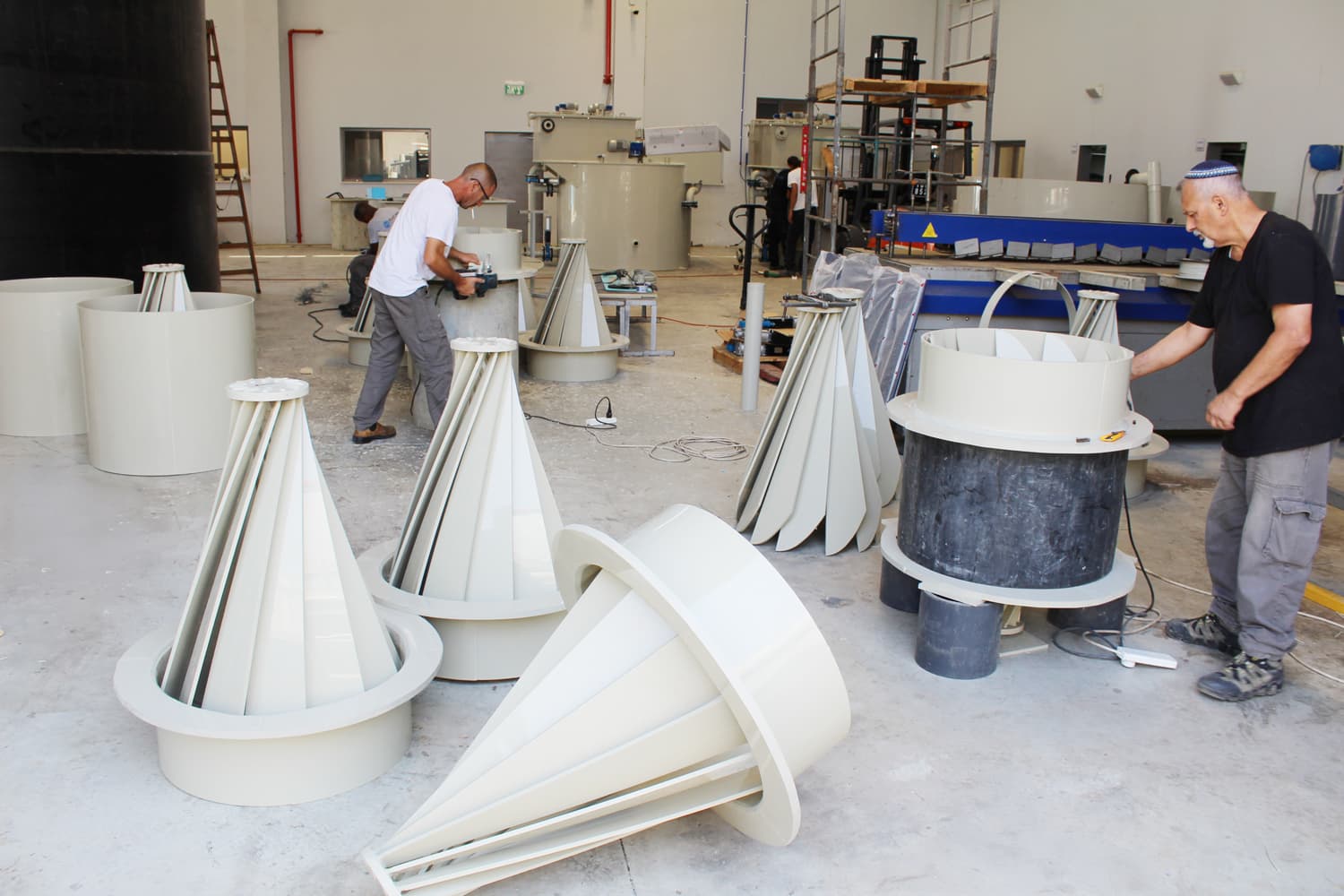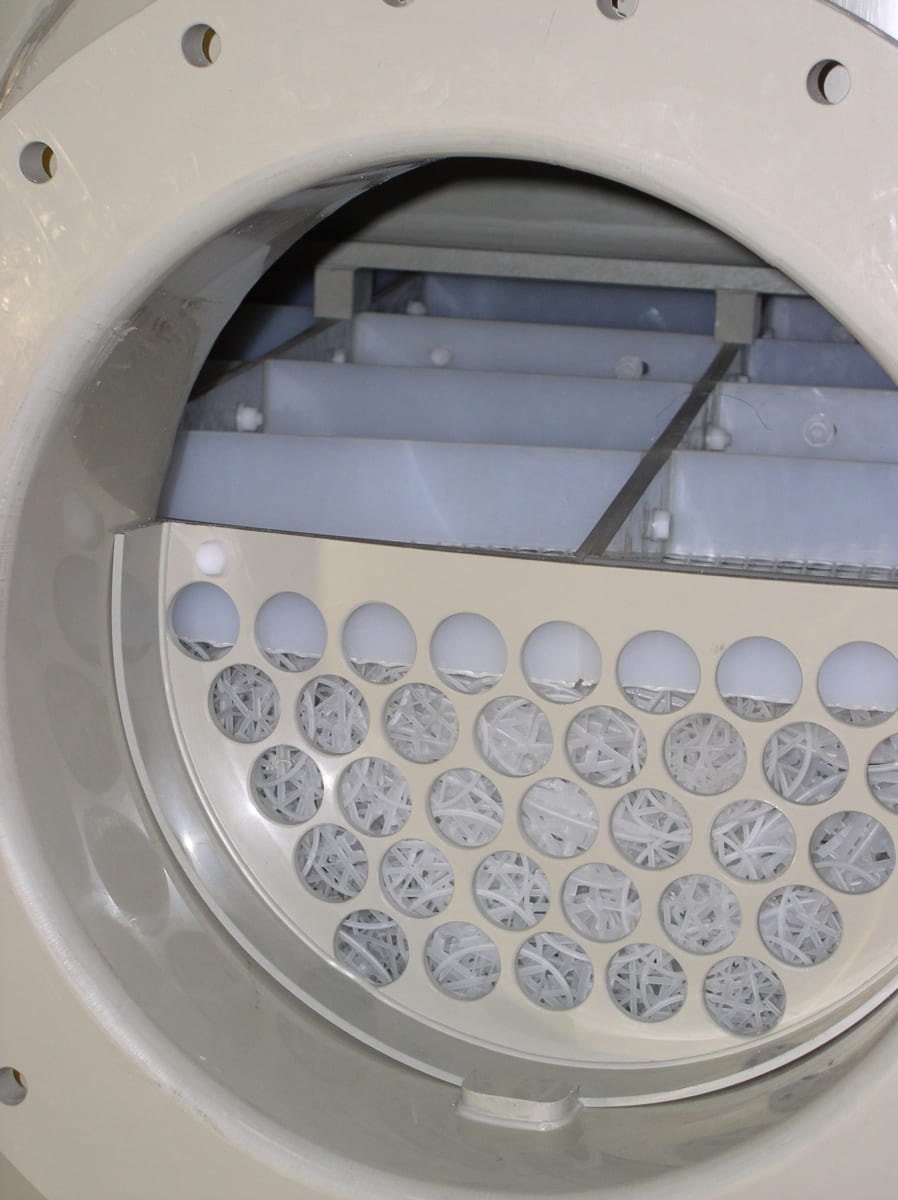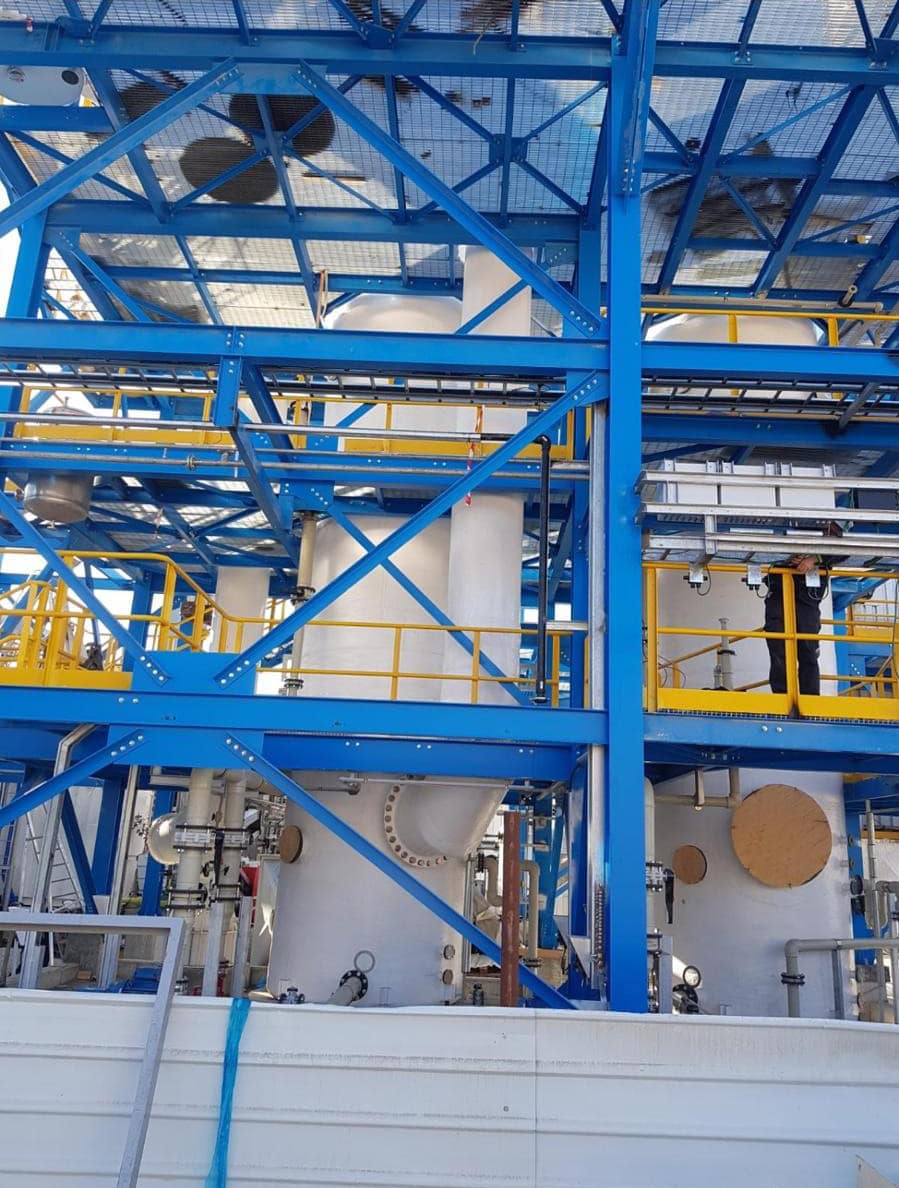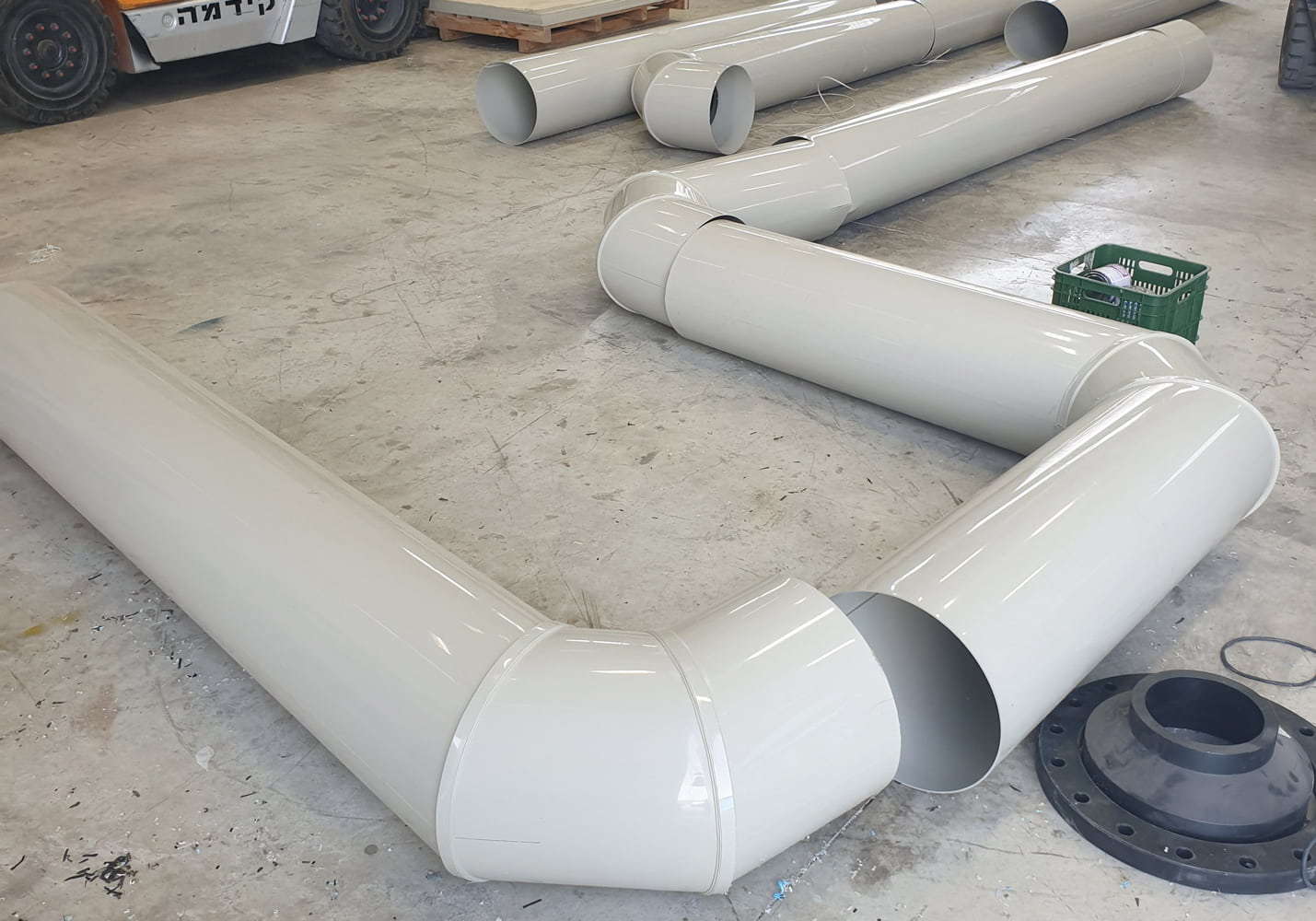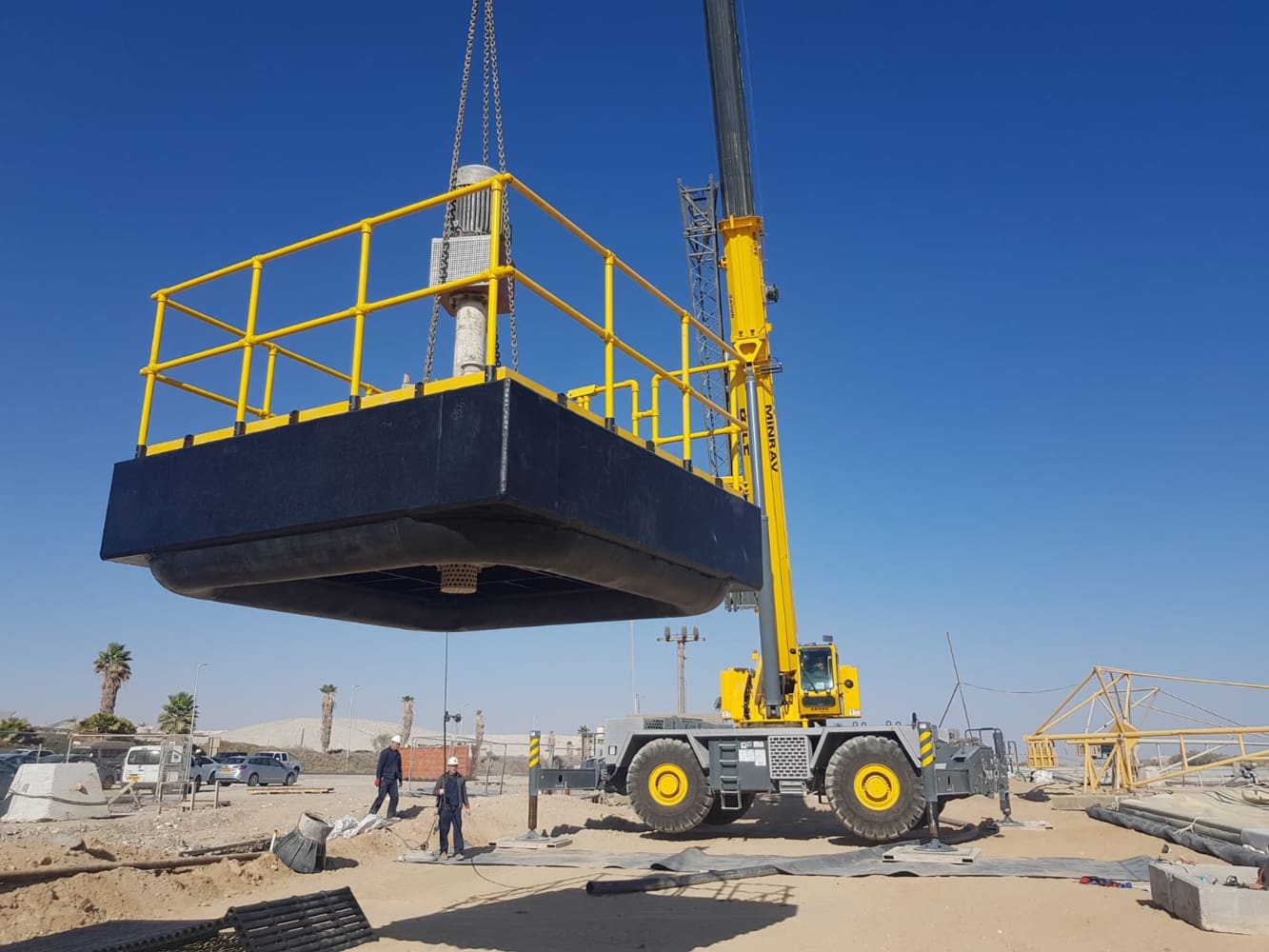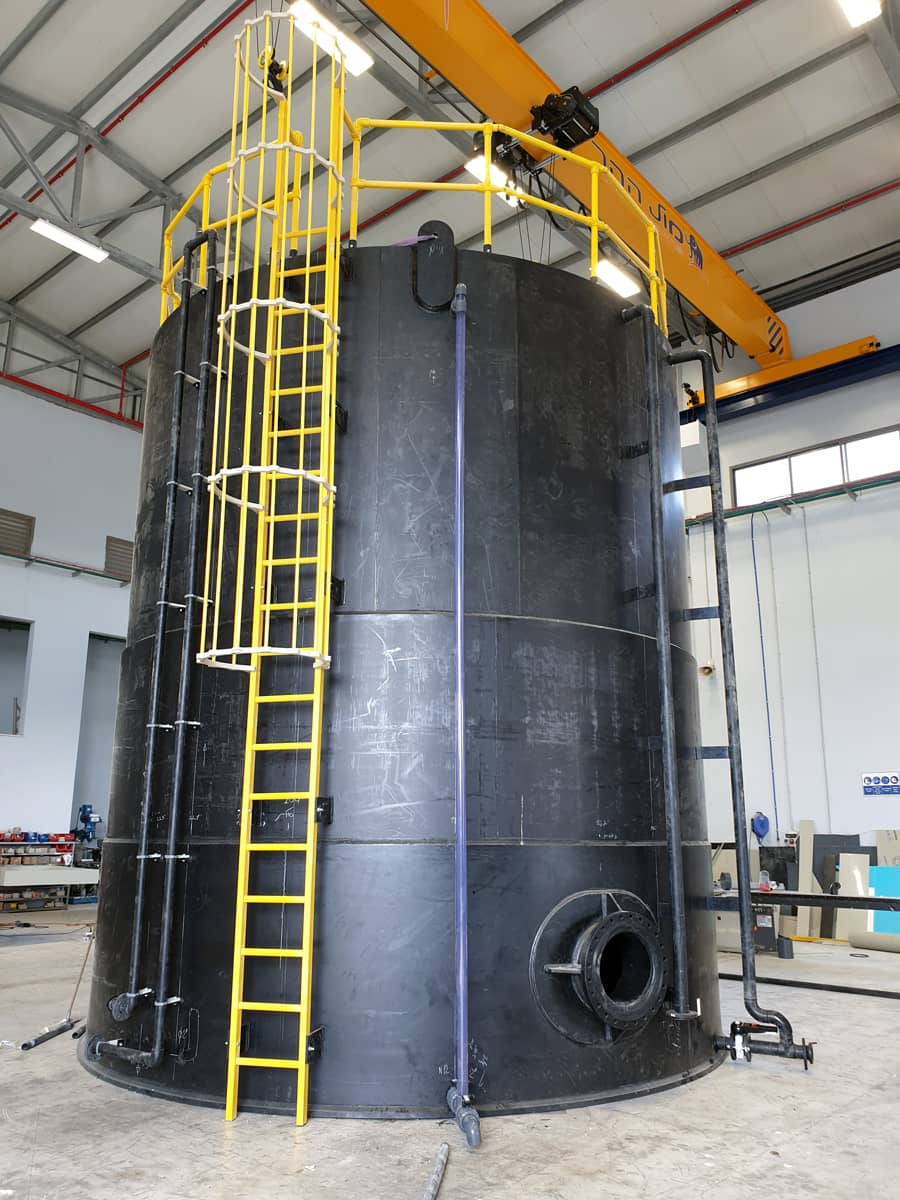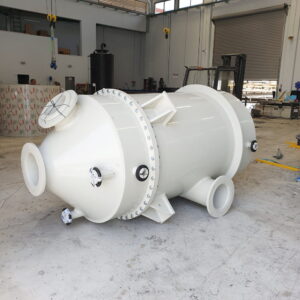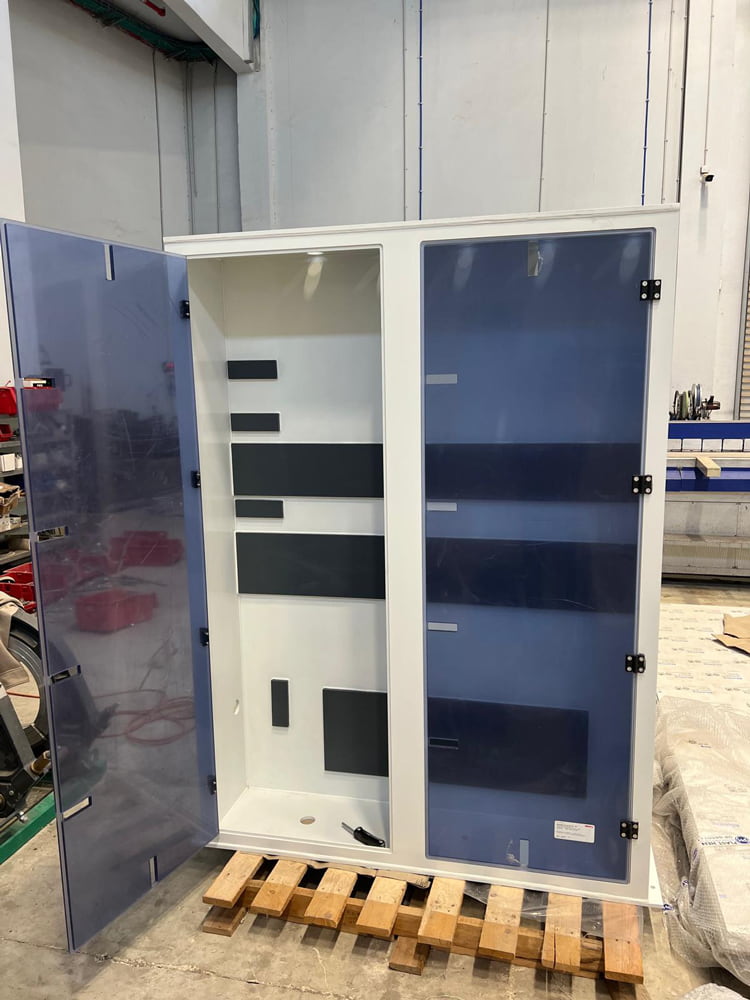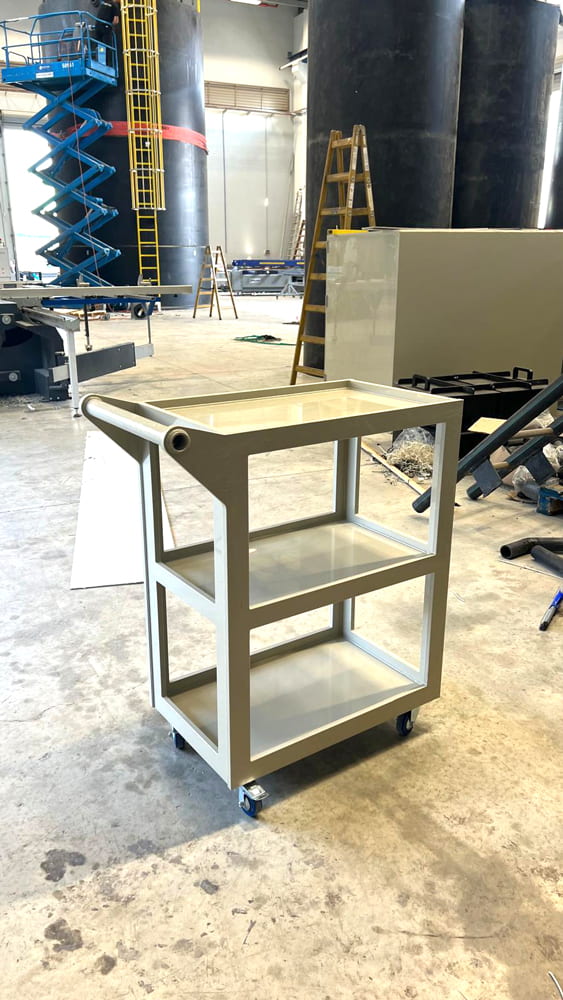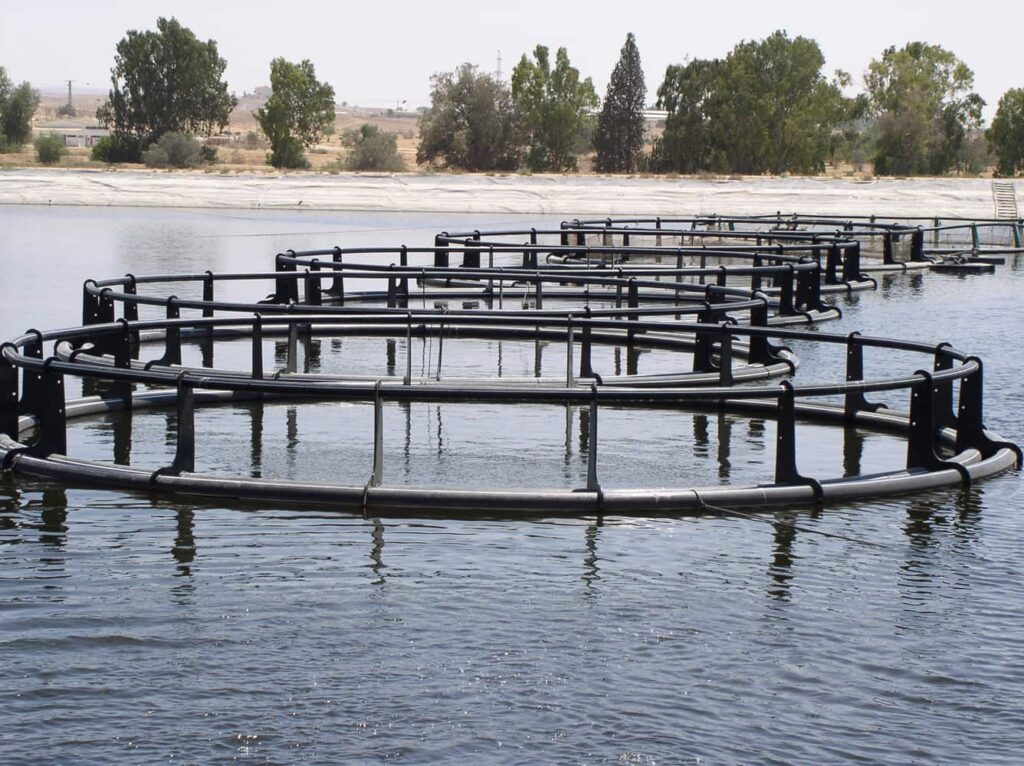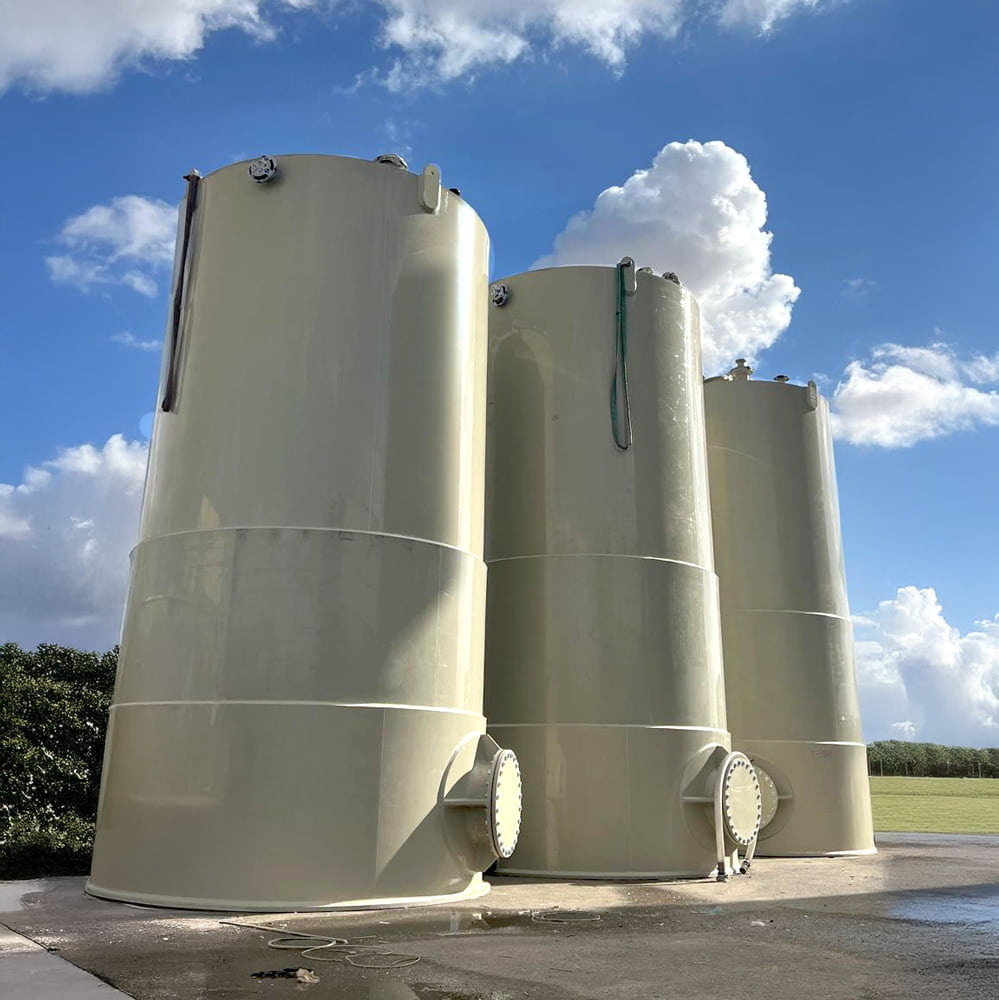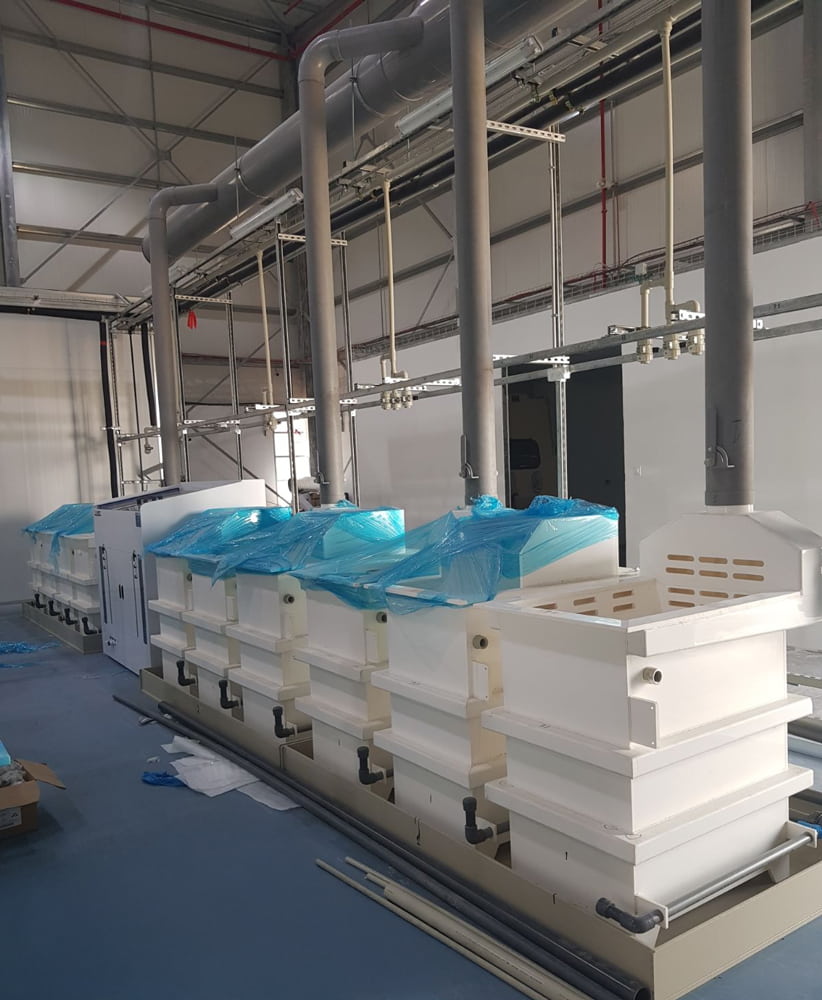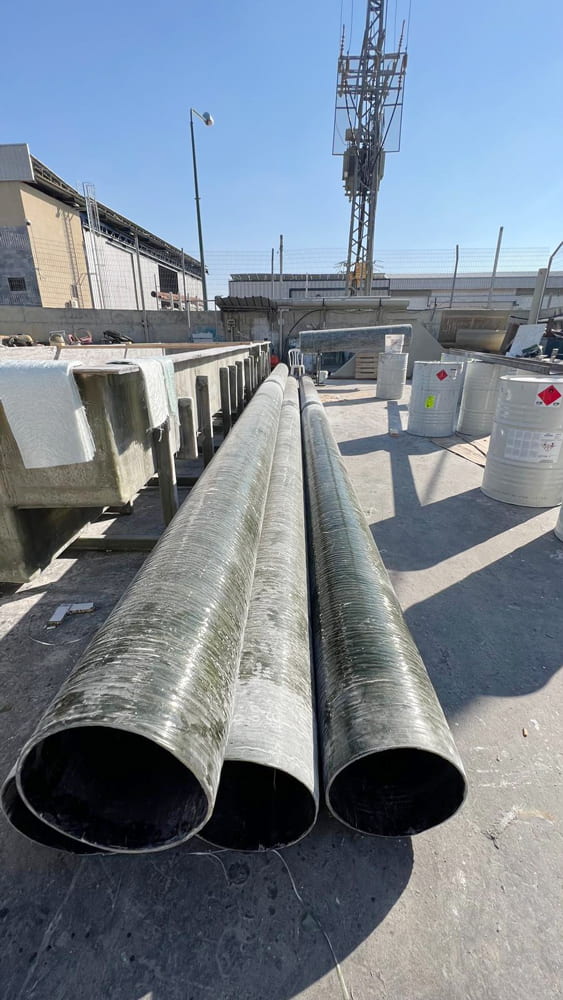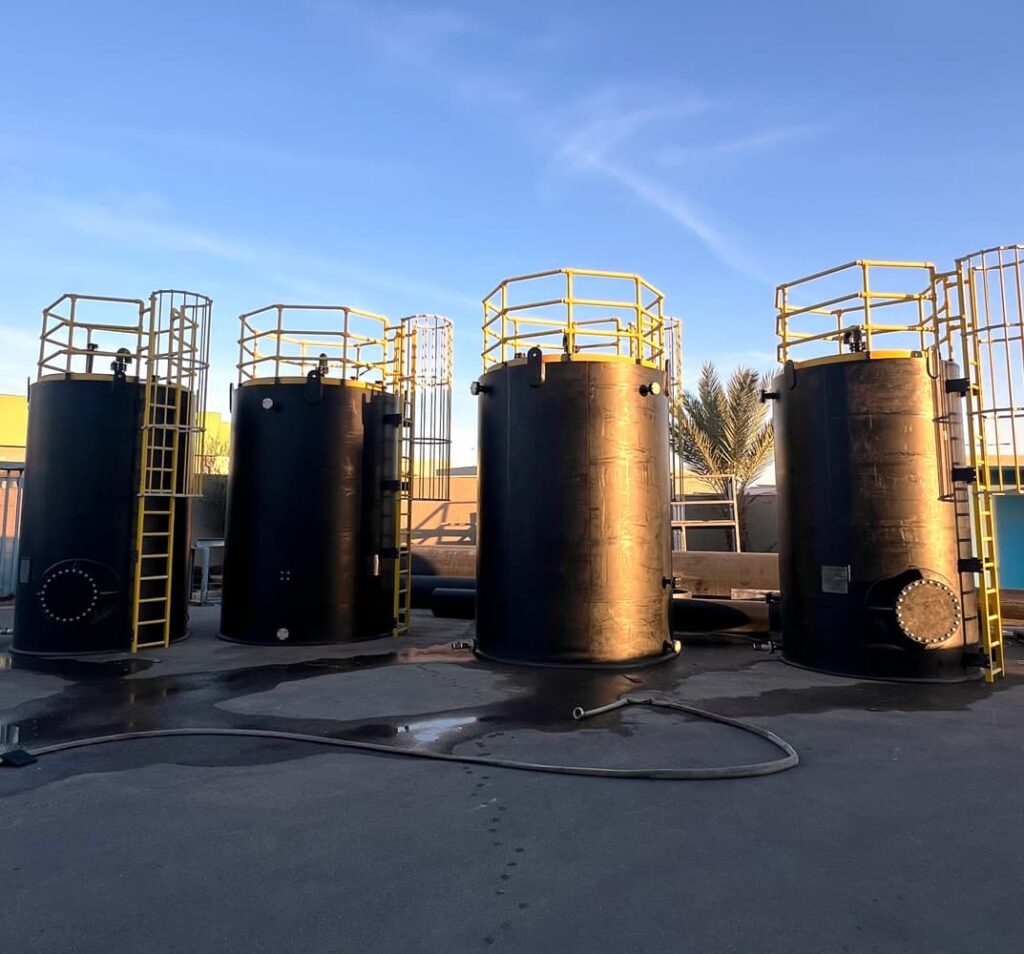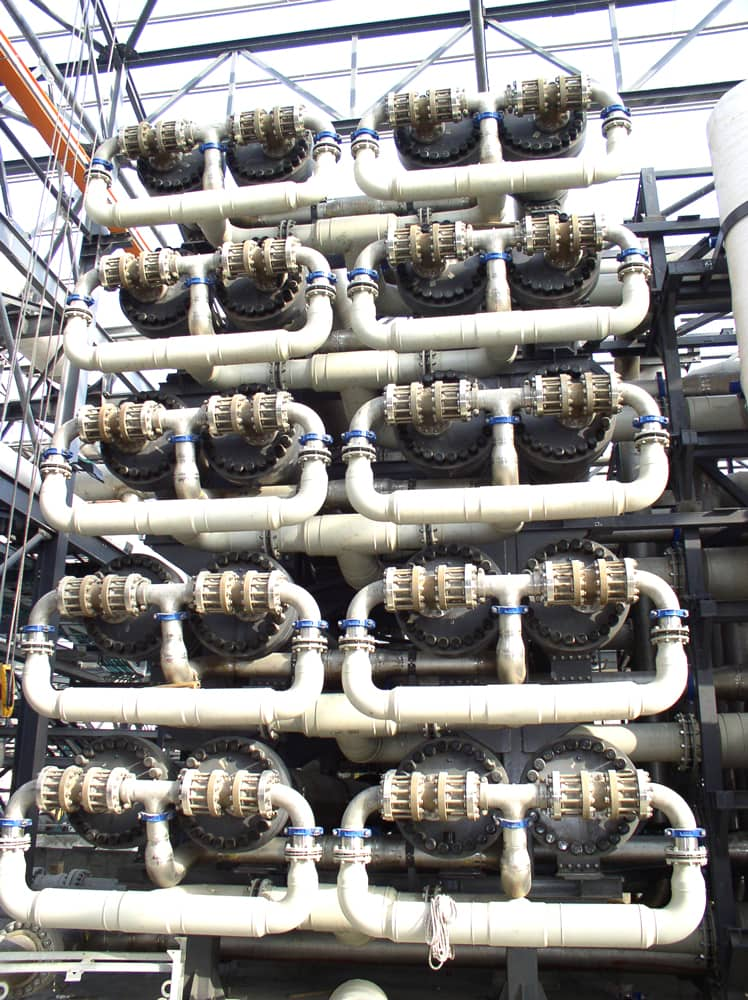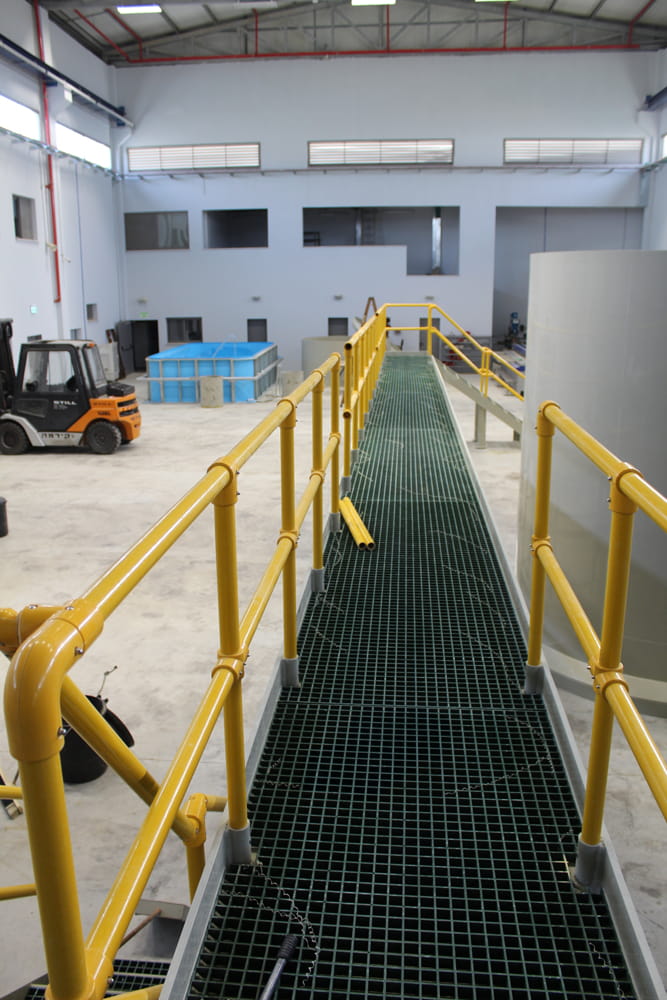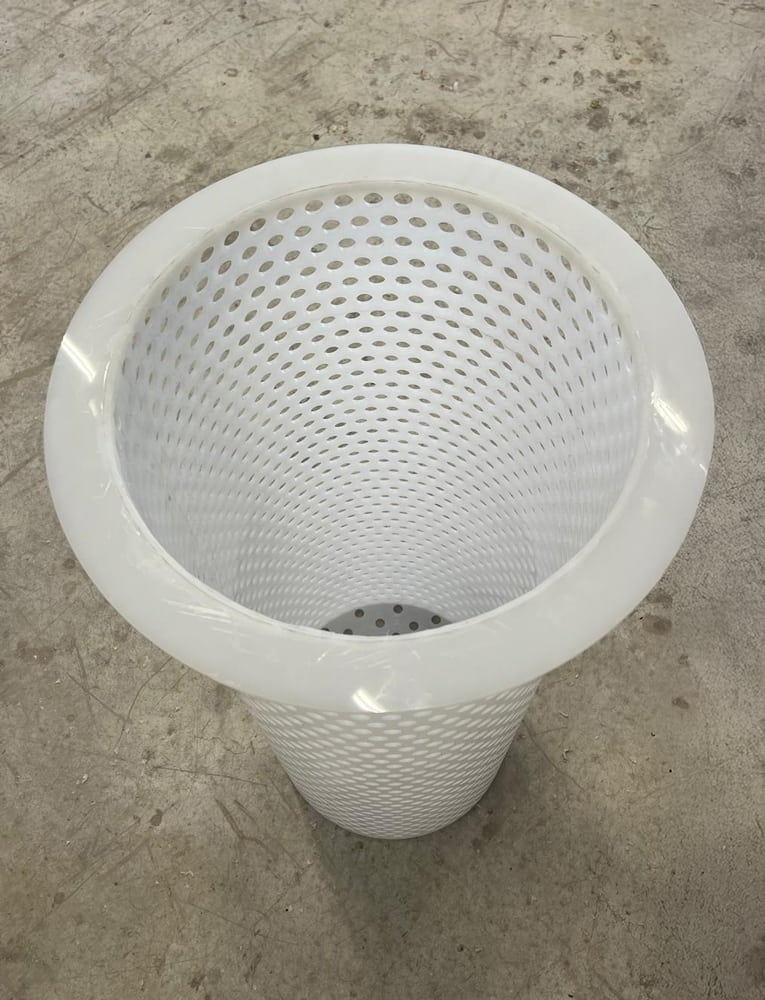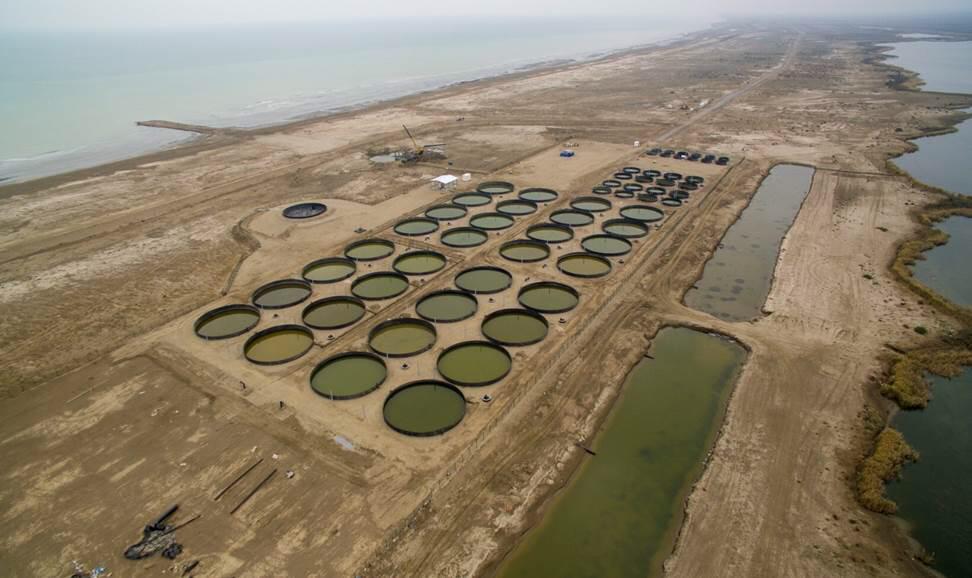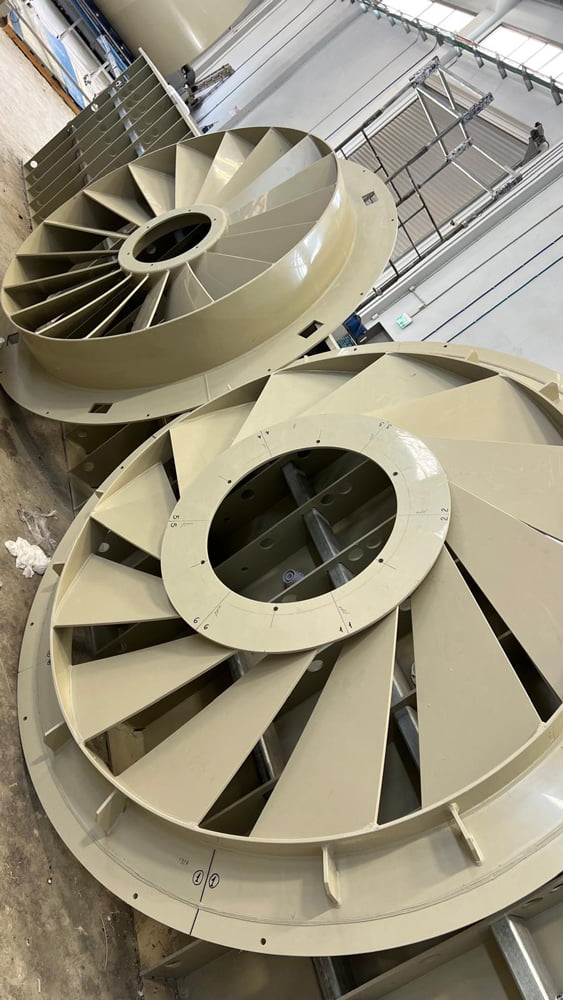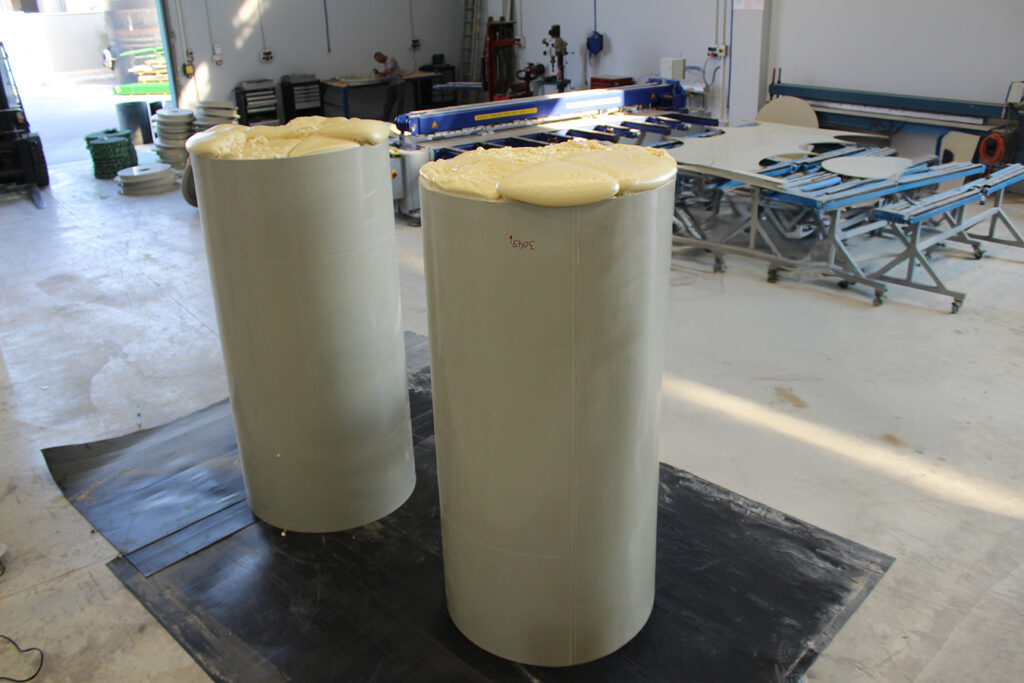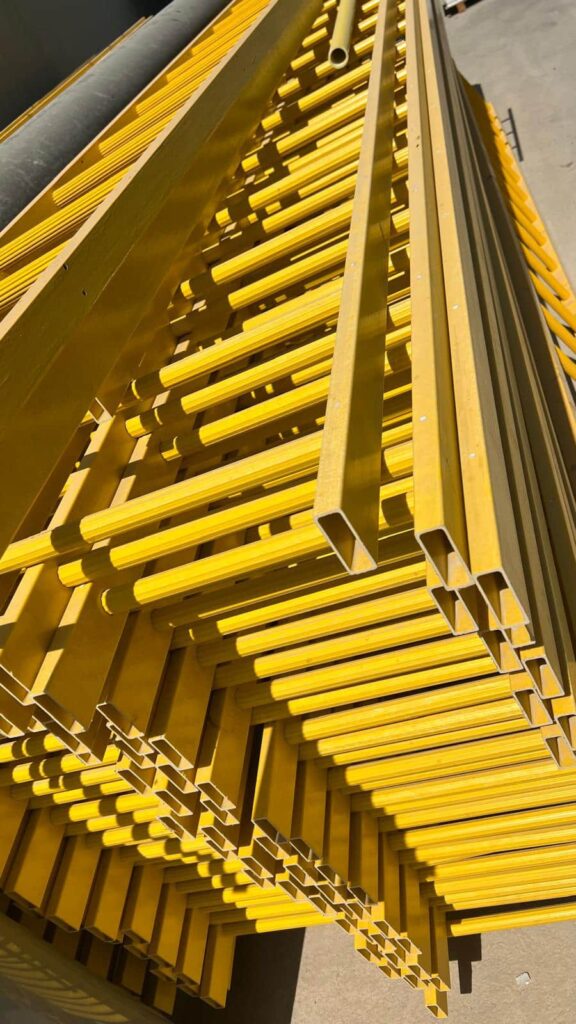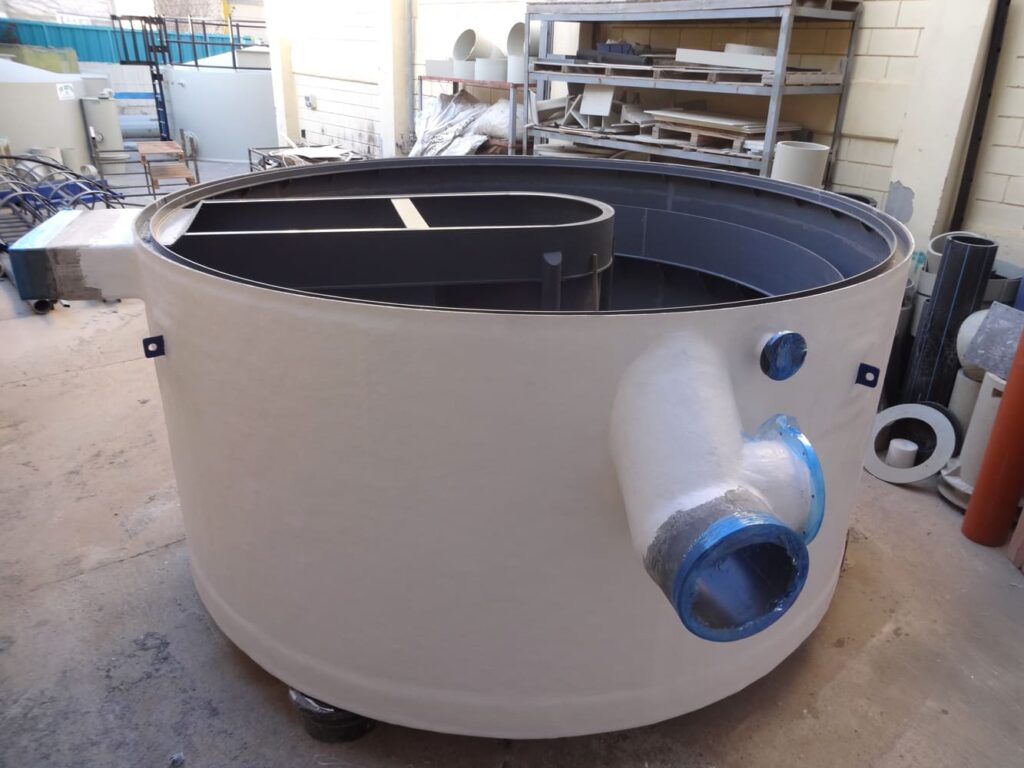Why Choose Plastic Containers?
Plastic containers are gaining popularity thanks to their many advantages:
- Lightweight: Easy to transport and install, especially in complex industrial settings.
- High Durability: Resistant to chemicals, moisture, and corrosion.
- Customizable Flexibility: Can be tailored to a wide range of needs, including shape, size, and additional accessories.
- Cost-Effective: A more economical solution compared to materials like metal or glass.
Key Considerations When Choosing a Plastic Container
Selecting the right plastic container depends on several important factors:
1. Type of Stored Material
The substance stored in the container is the most critical consideration. For example:
- For strong chemicals like acids or bases, choose containers with high chemical resistance (such as HDPE or PVC).
- For high-temperature materials, select heat-resistant containers.
- For water or potable liquids, ensure the container meets food safety standards.
2. Container Volume
The size of the container is another key factor. Industrial projects require containers of varying capacities, from a few liters to several thousand liters. It’s important to understand the project’s exact storage needs to select the appropriate size.
3. Environmental Conditions
The working environment of the container plays a major role in selection:
- Will the container be exposed to UV rays? If so, choose one with appropriate UV protection.
- Will it be installed in a particularly cold environment? Make sure the container is suitable for low temperatures.
- Is there a risk of mechanical impact or pressure? Choose containers with high structural strength.
4. Compliance with Standards
Many industries must comply with strict safety and quality standards, such as:
- ISO 9001 for quality management.
- International standards for chemical resistance.
- Food and beverage safety standards for the food industry.
5. Accessories and Add-ons
Industrial projects often require specific container modifications:
- Outlet and drainage openings.
- Custom valves and taps.
- Volume measurement gauges.
- Insulation or anti-corrosion layers.
Steps in the Customization Process
Step 1: Understanding Project Needs
To choose the right container, it’s essential to understand the project’s unique requirements, including the type of stored material, environmental conditions, and operational demands.
Step 2: Consulting with Experts
It’s recommended to consult a manufacturer or supplier specializing in industrial containers-such as Plastchen-for professional advice. Experts can recommend the most suitable containers and ensure compliance with all necessary standards.
Step 3: Custom Design
Once requirements are defined, move on to the design phase. This includes selecting raw materials, designing the container, adding special accessories, and planning protective layers.
Step 4: Quality Testing
Before using the container, ensure it meets all safety and quality standards. Lab and field tests can confirm that the container is ready for industrial use.
